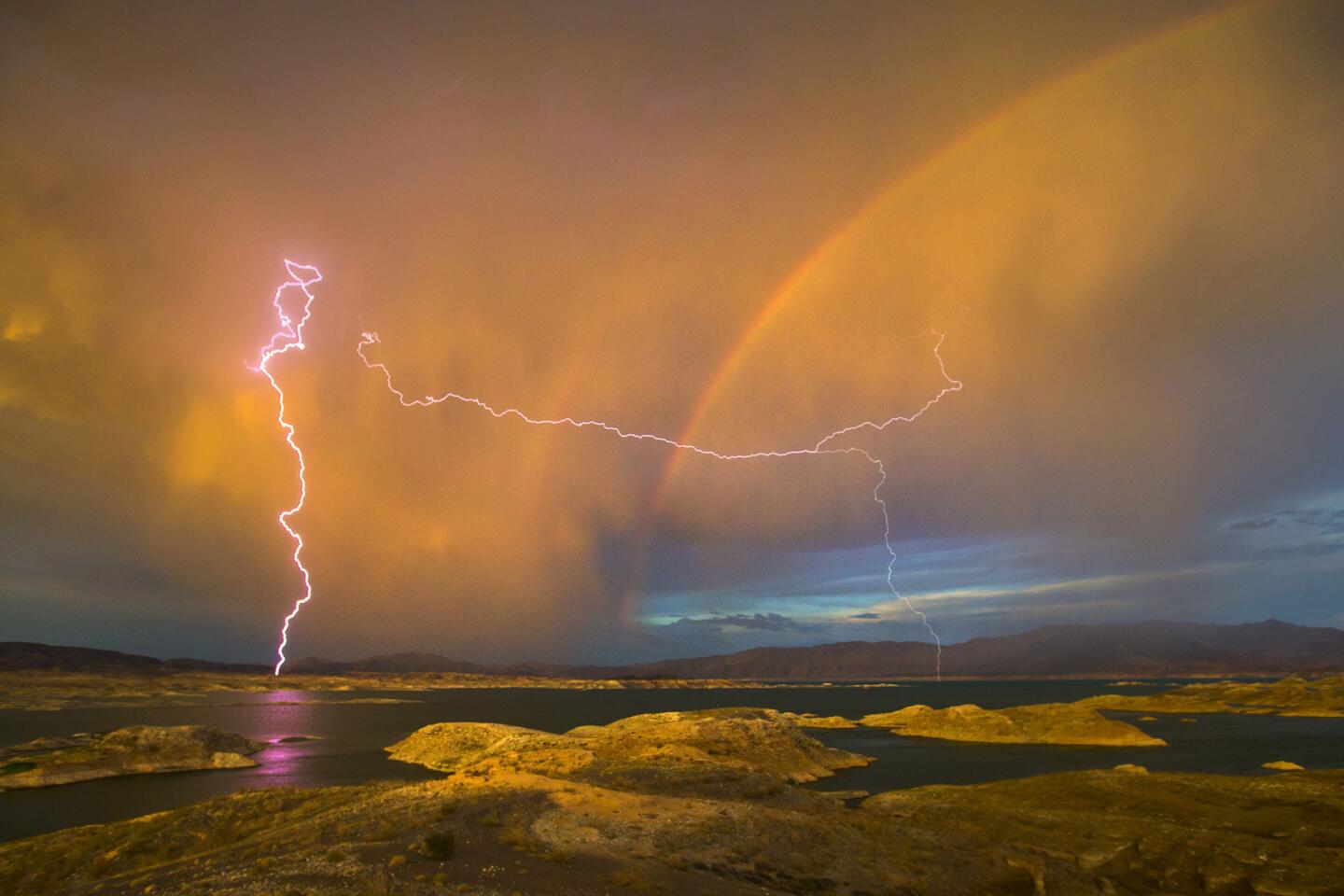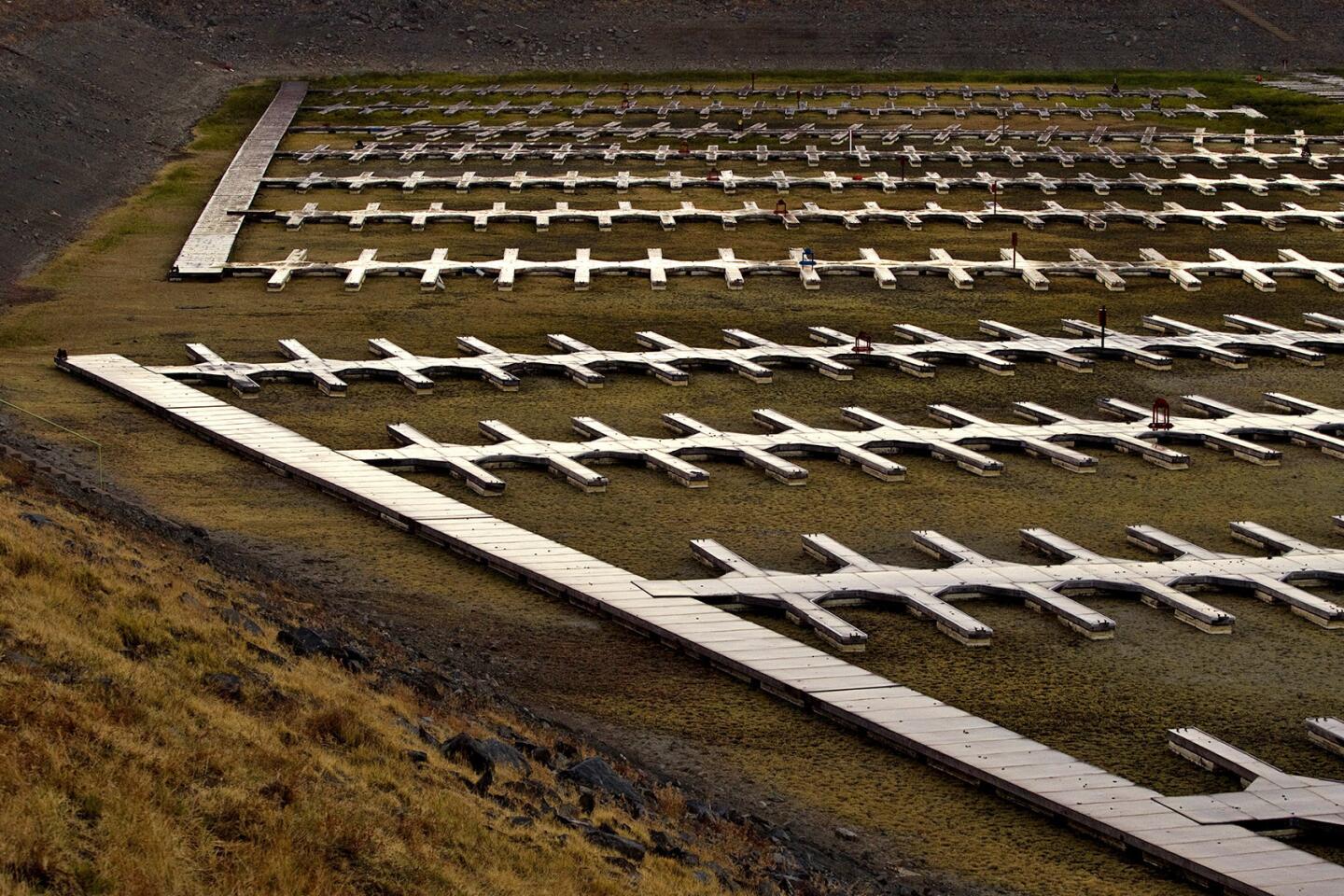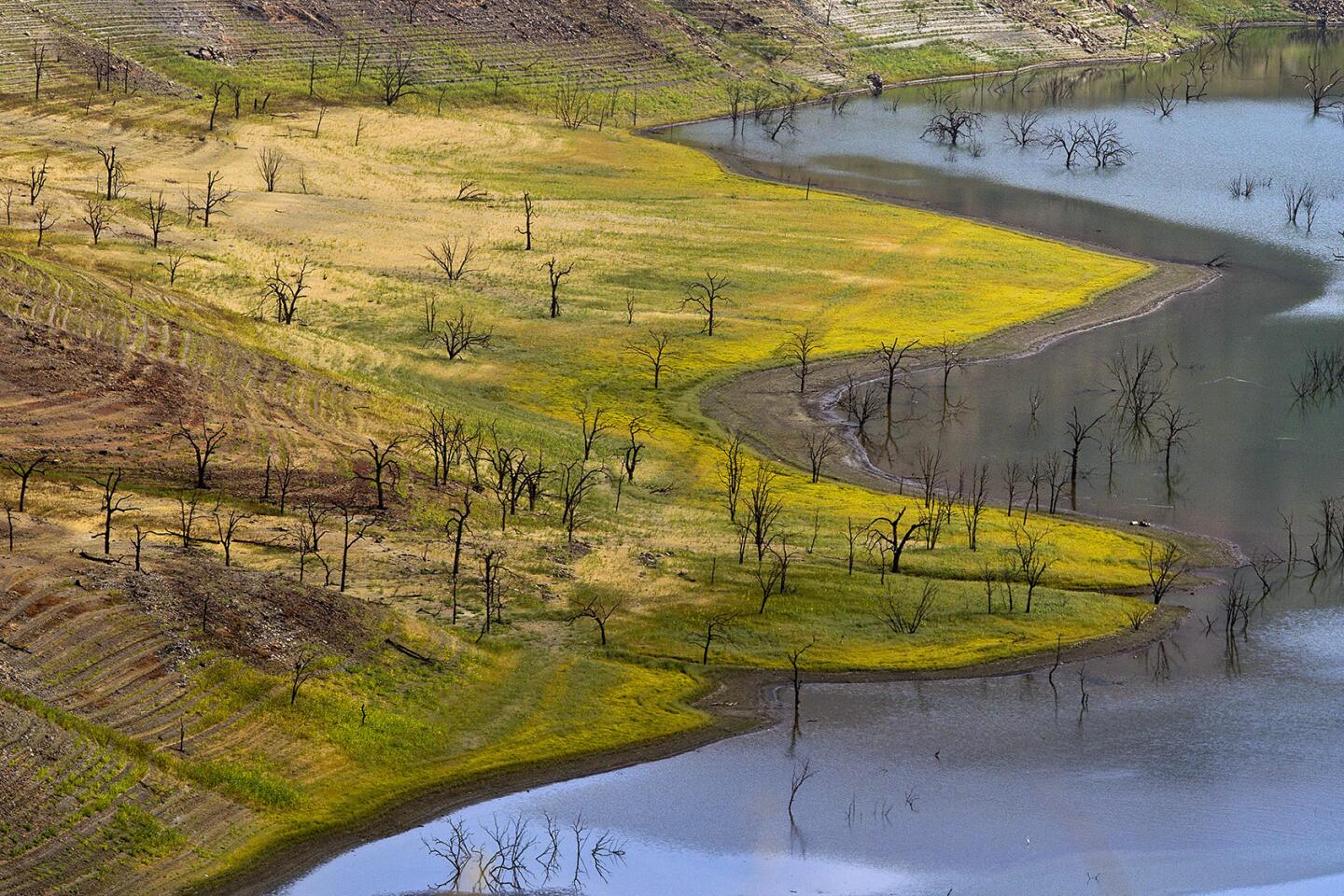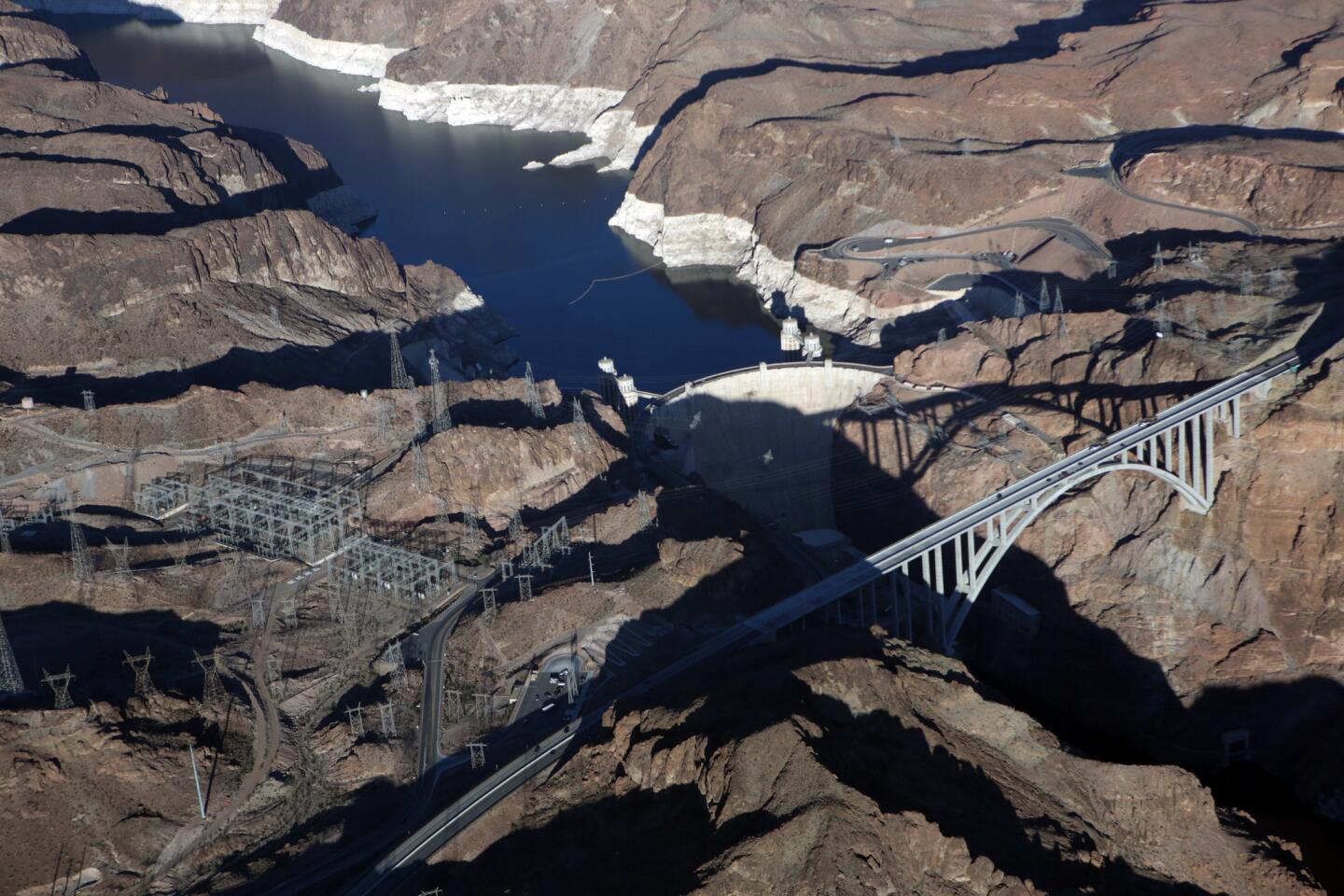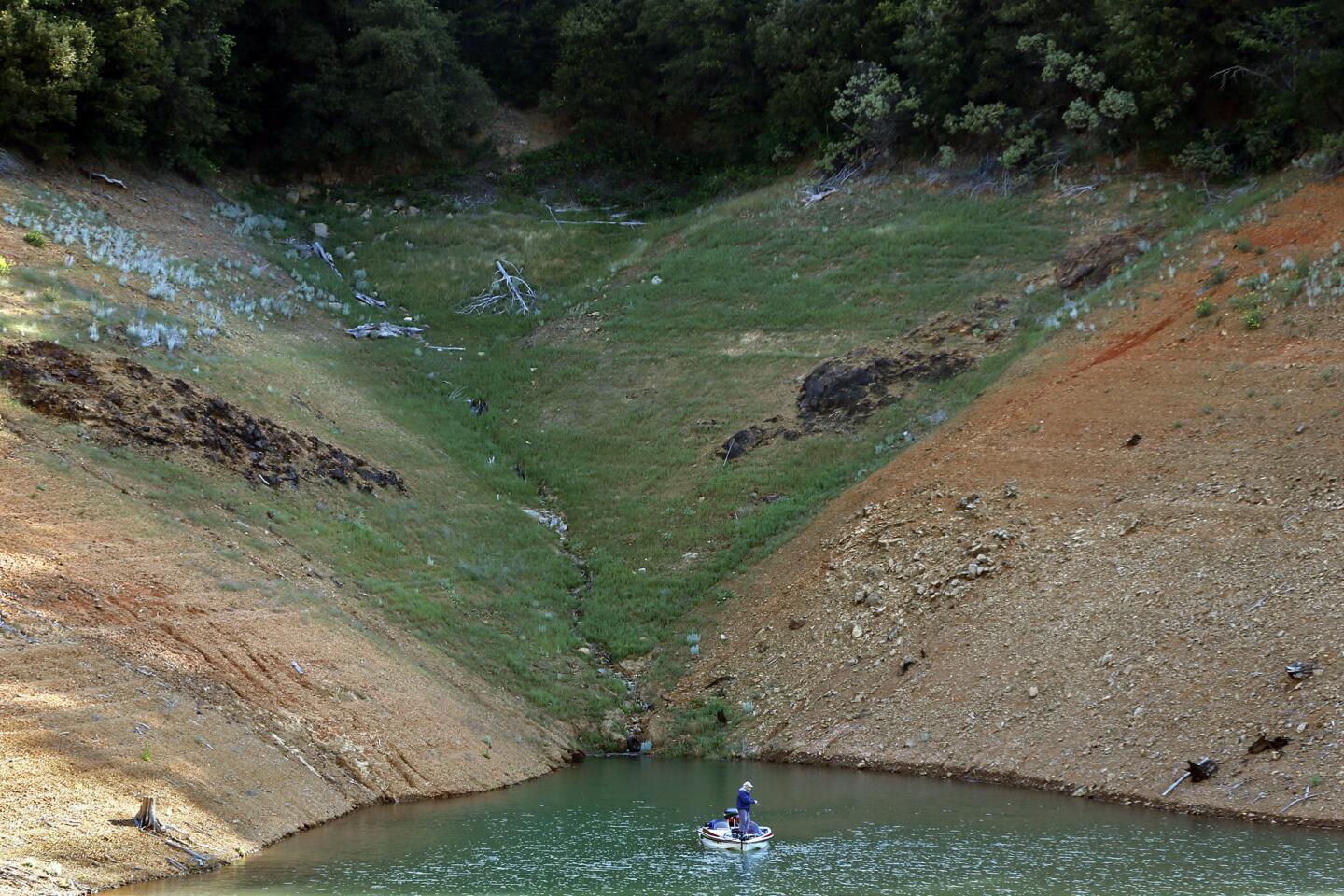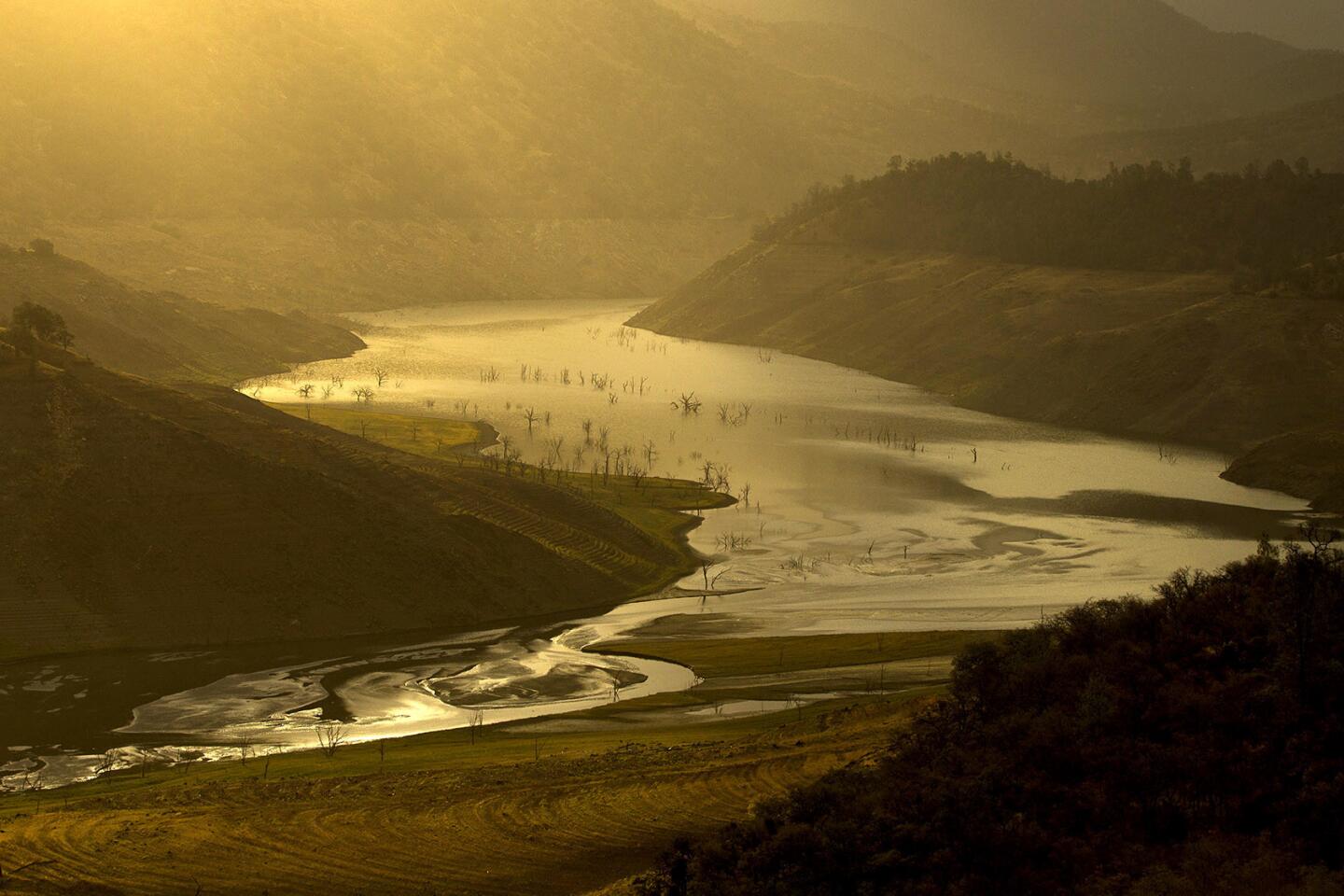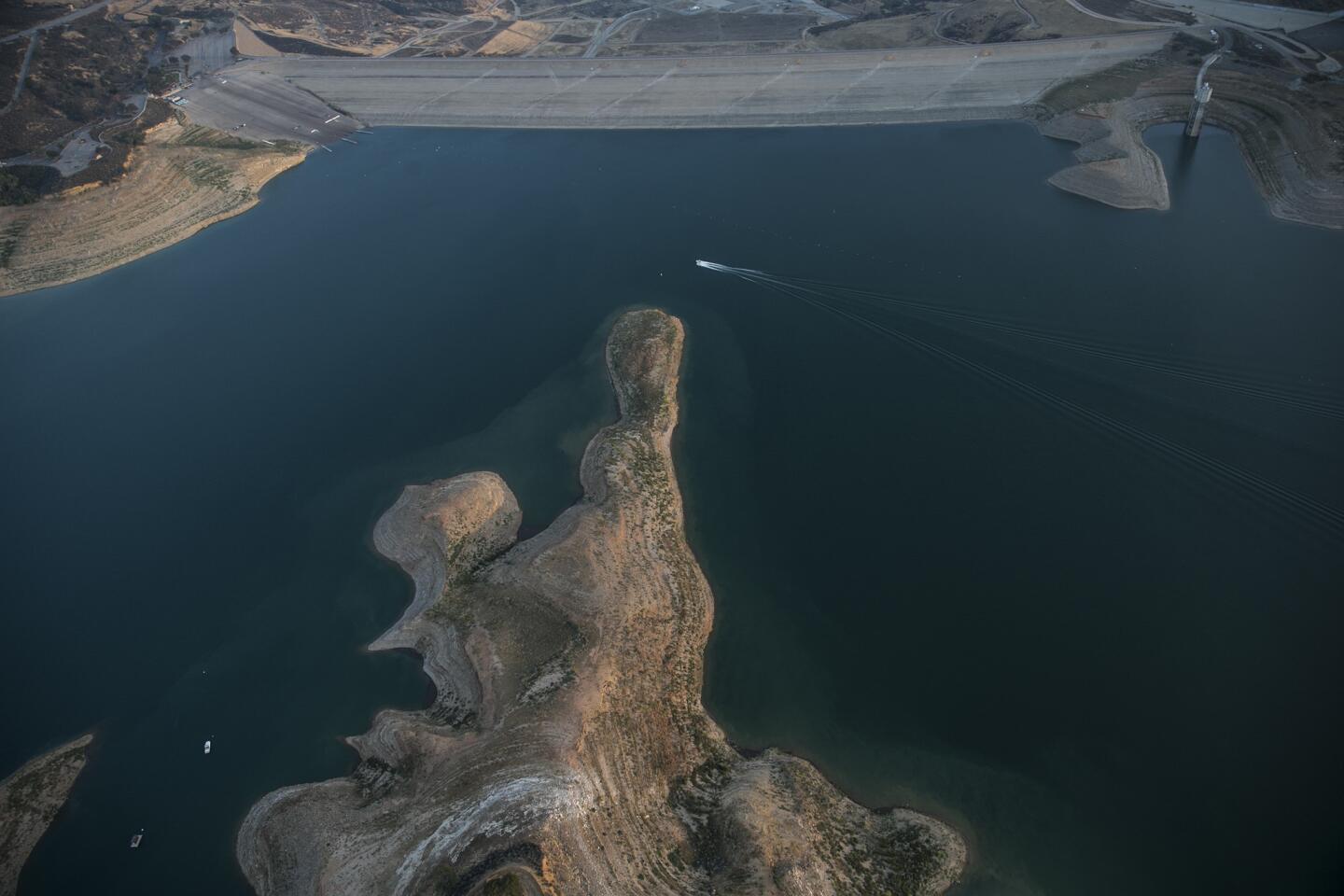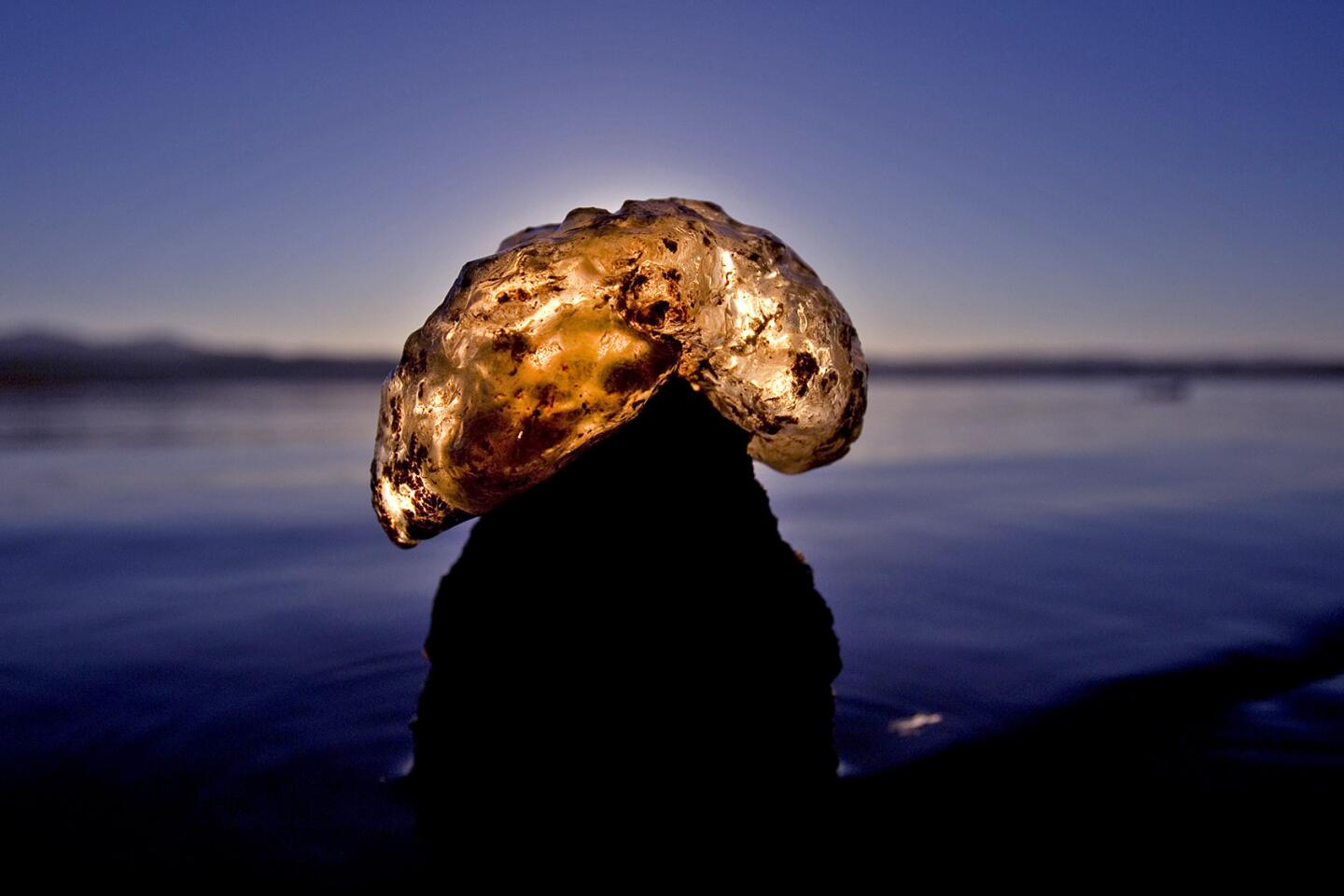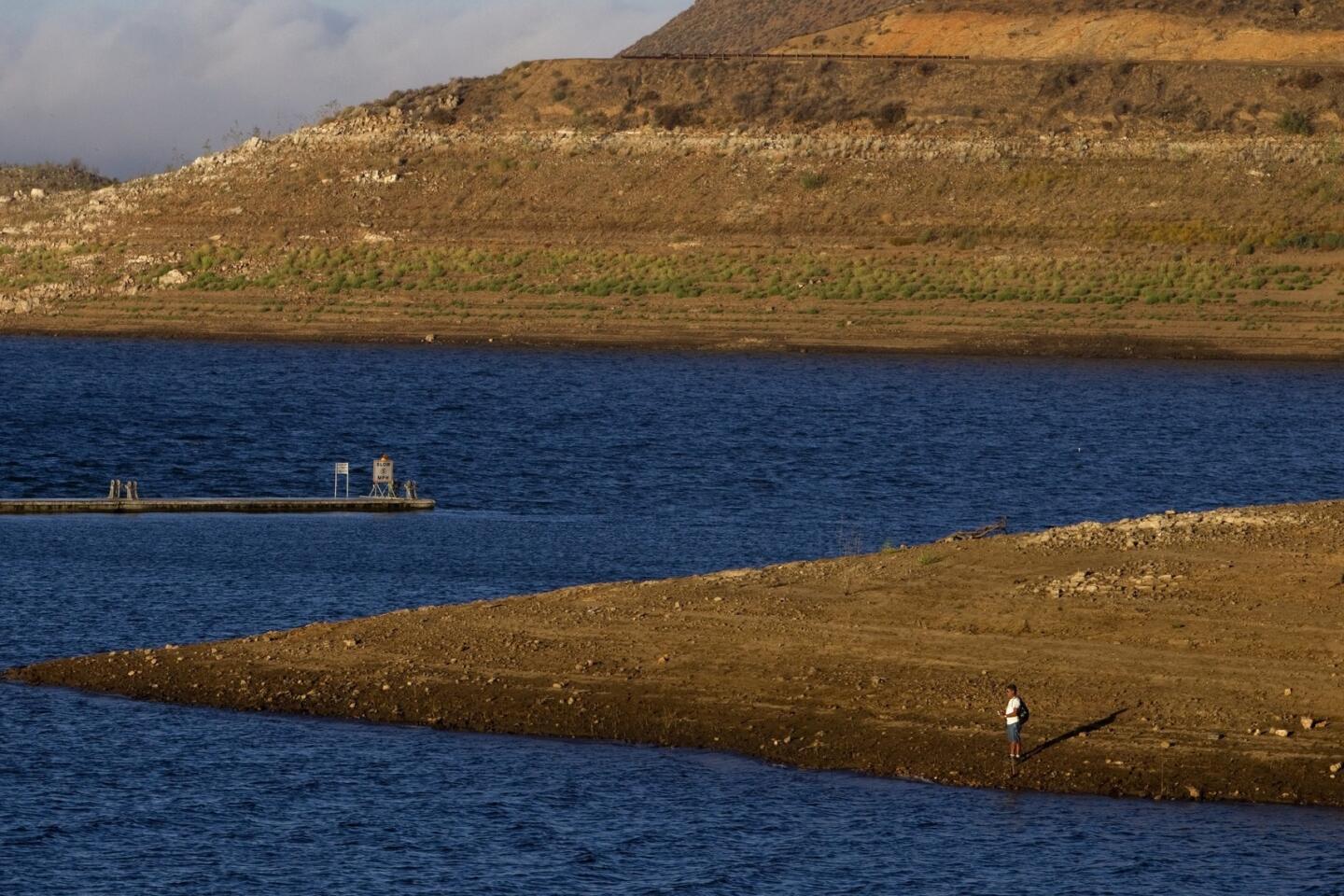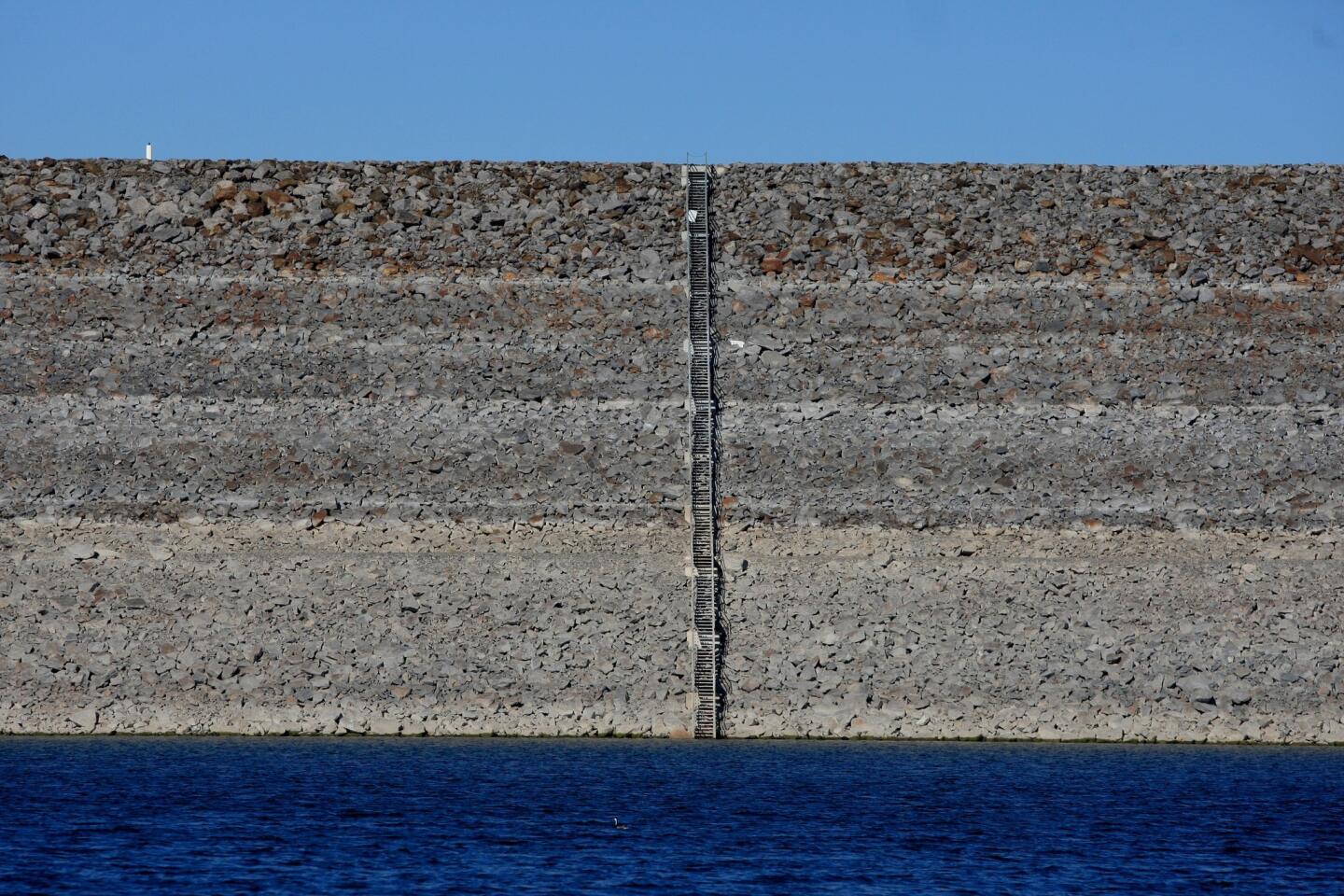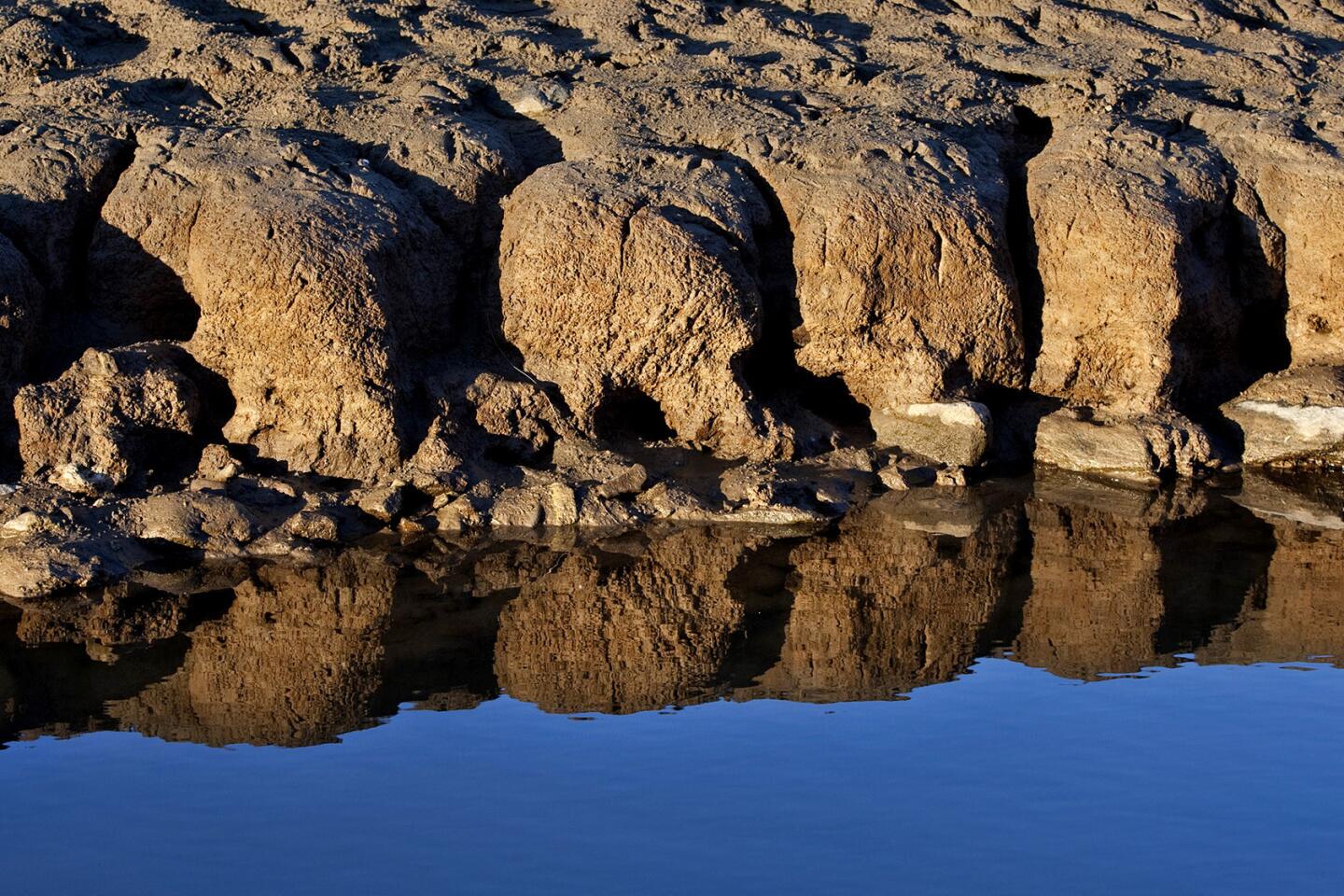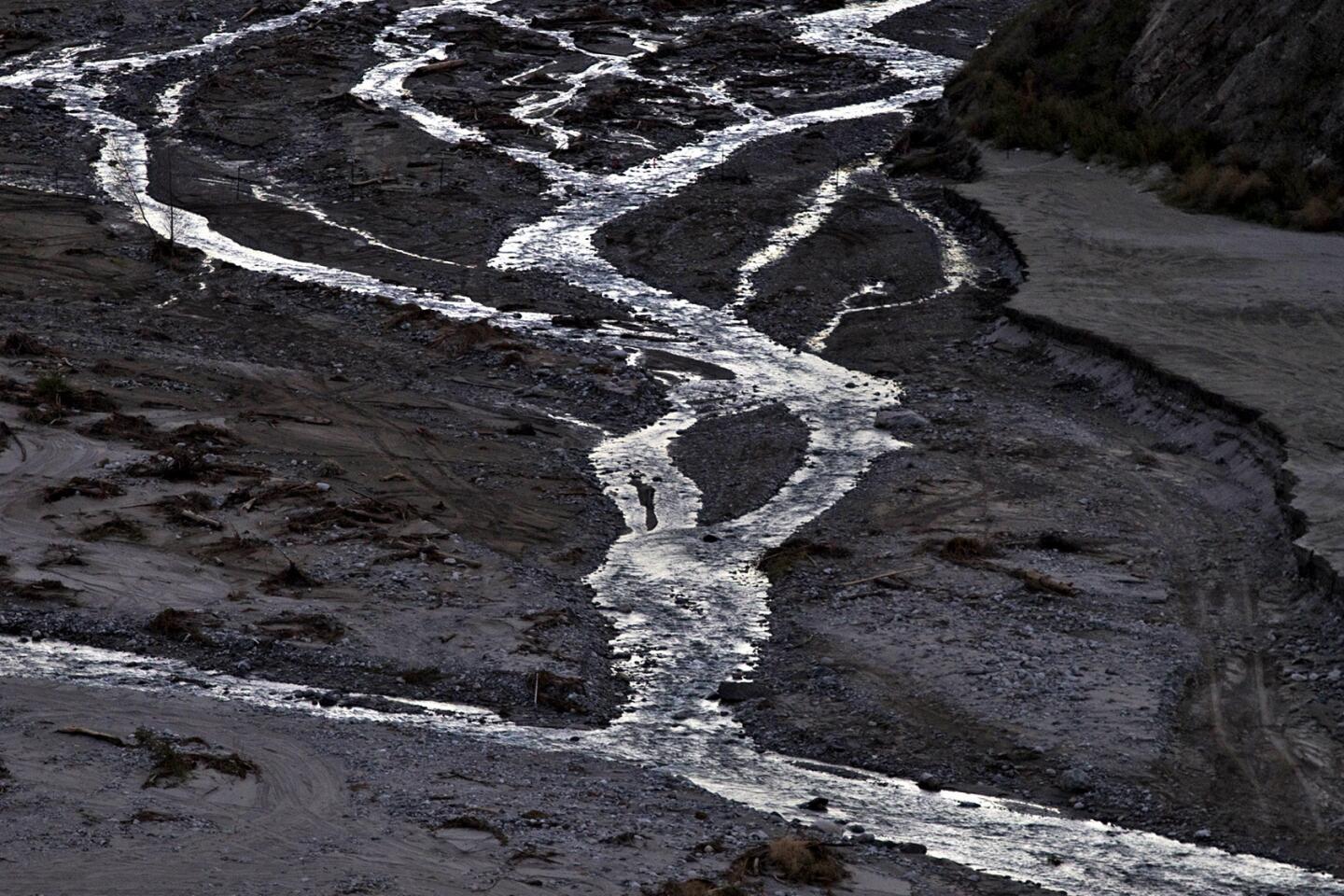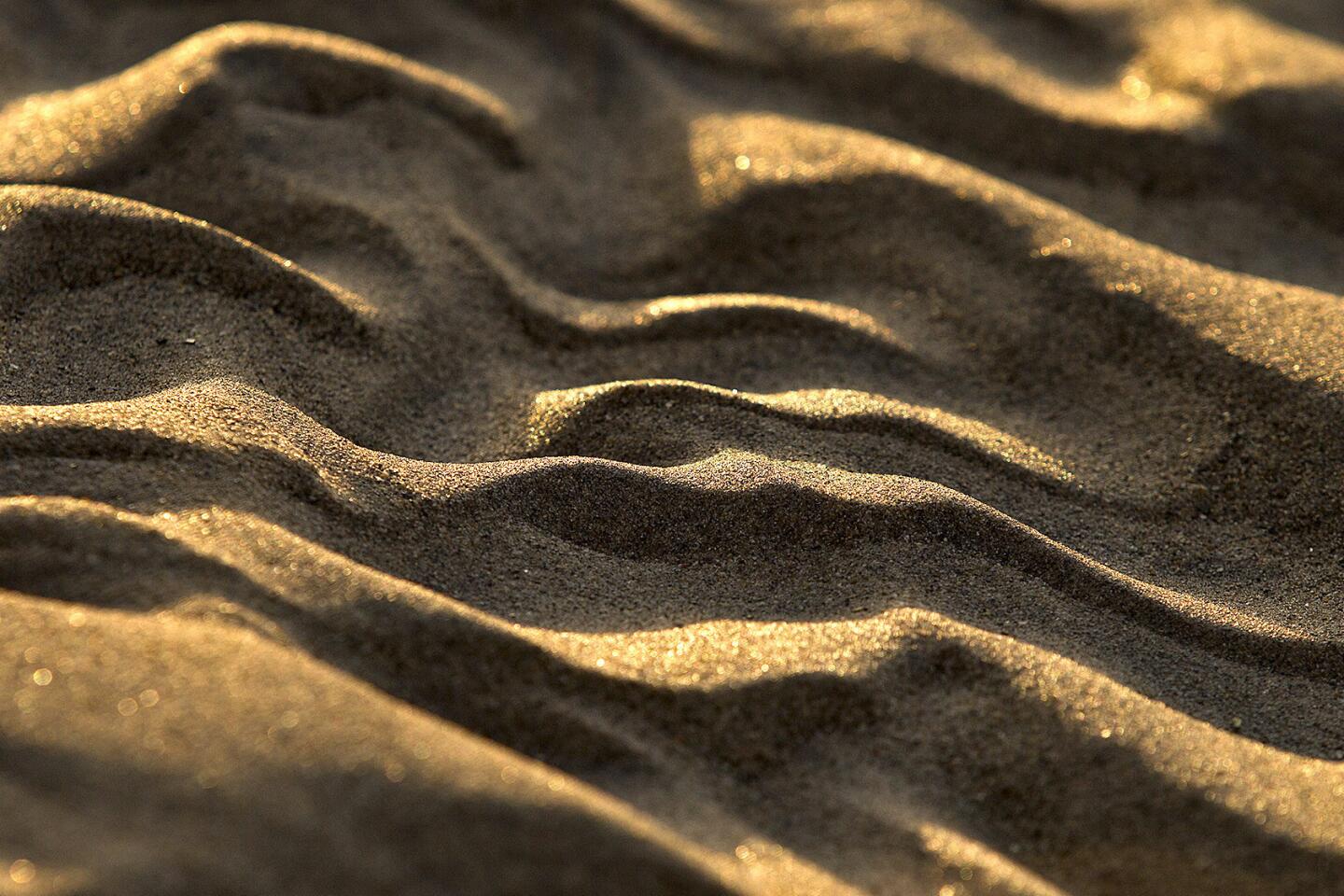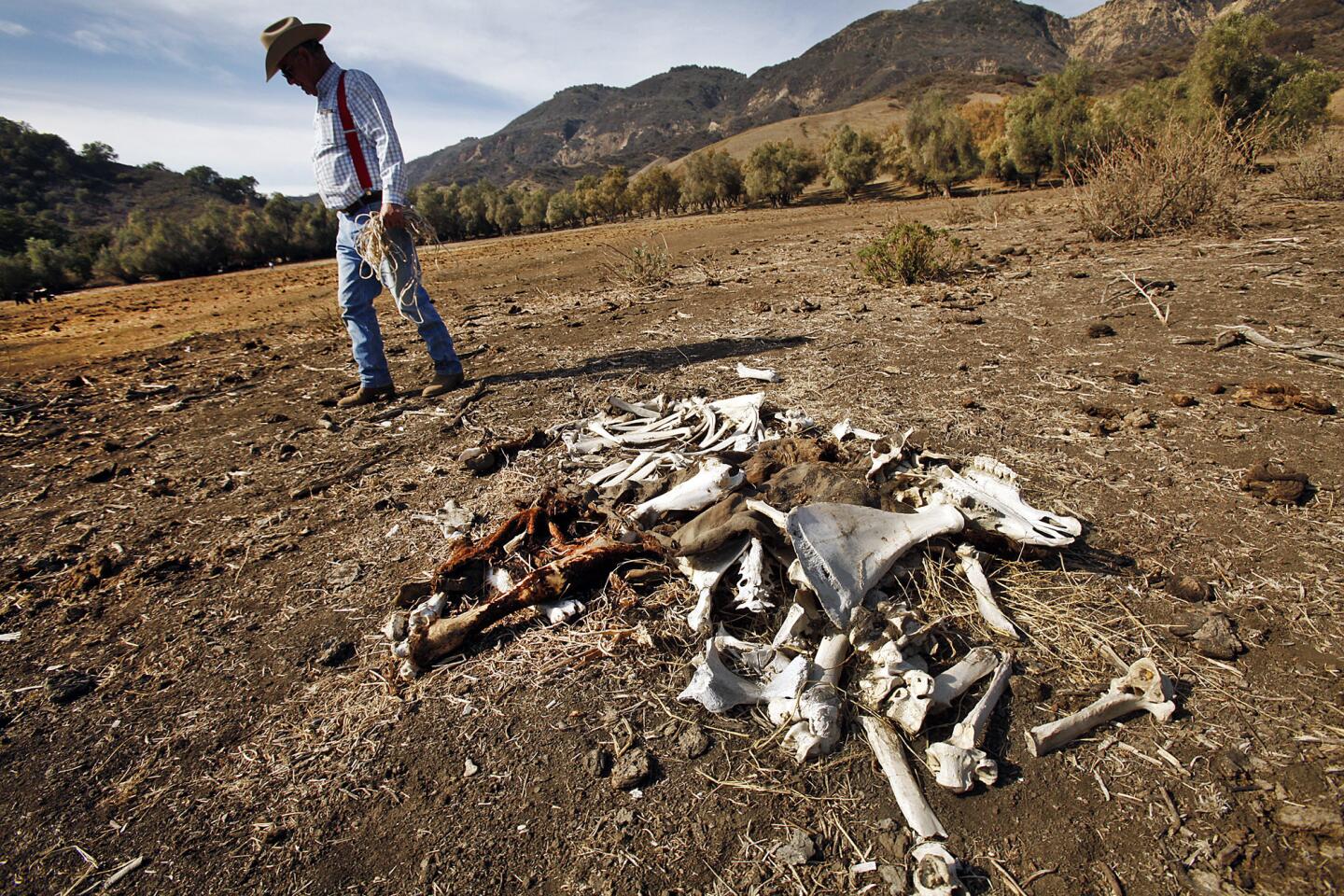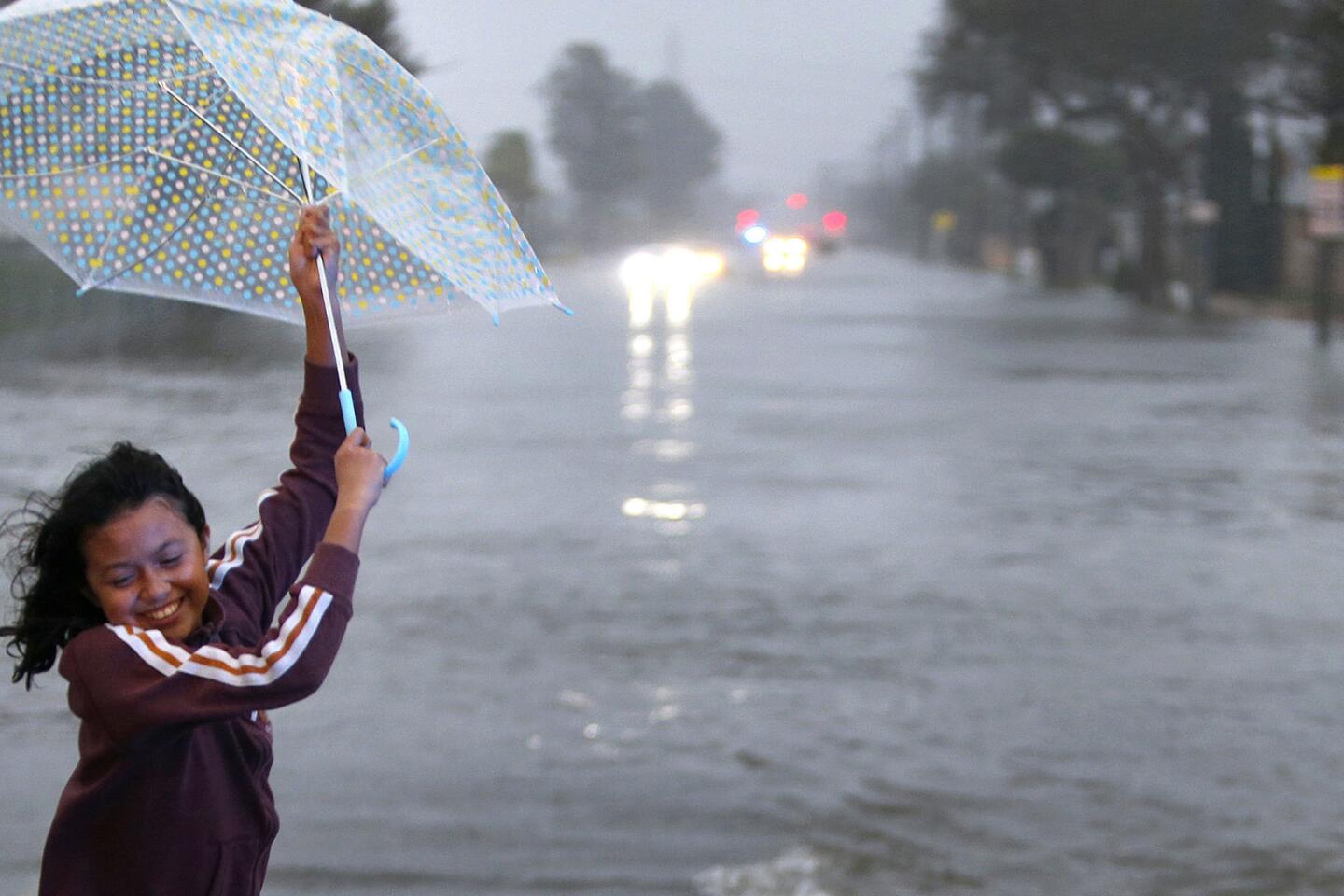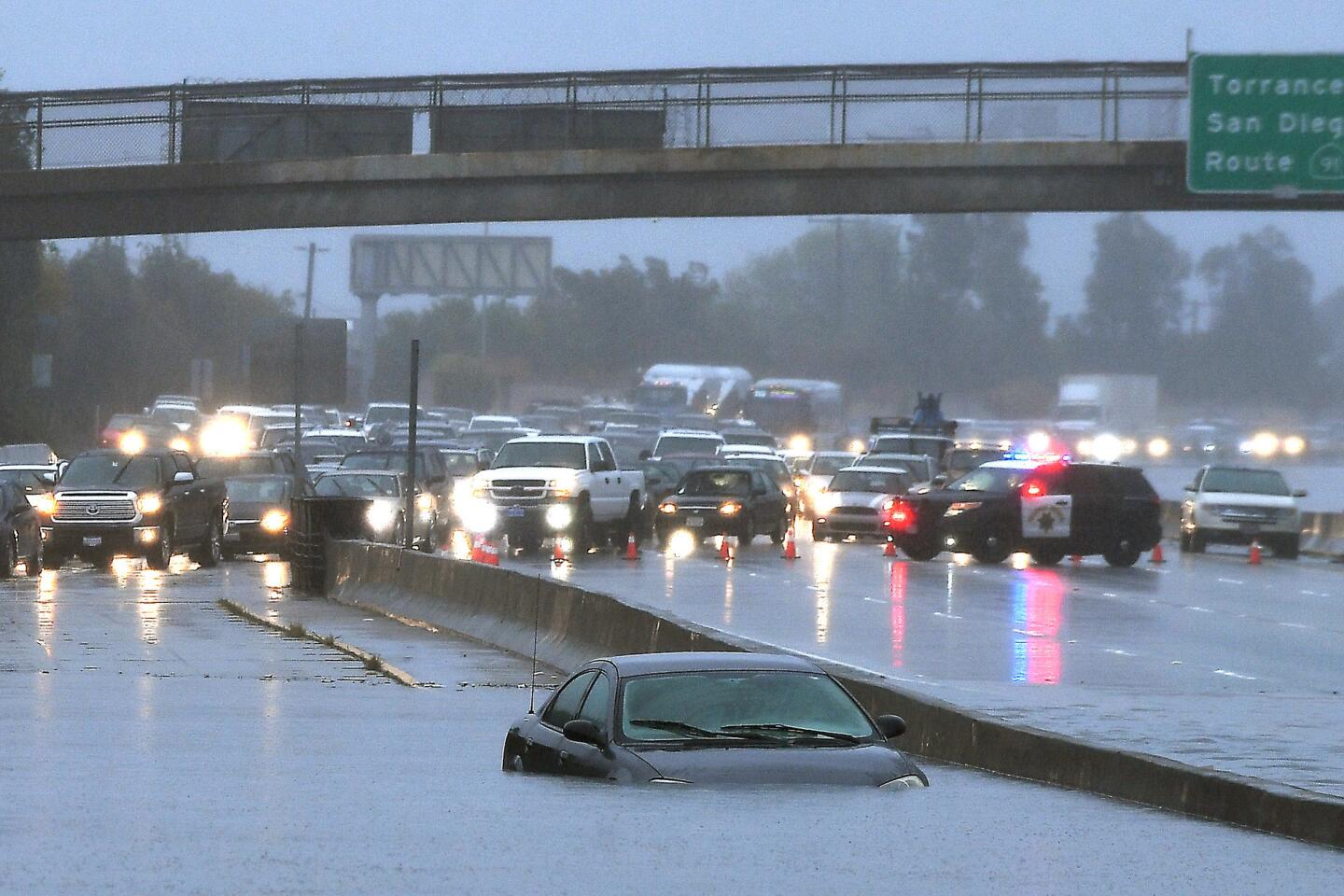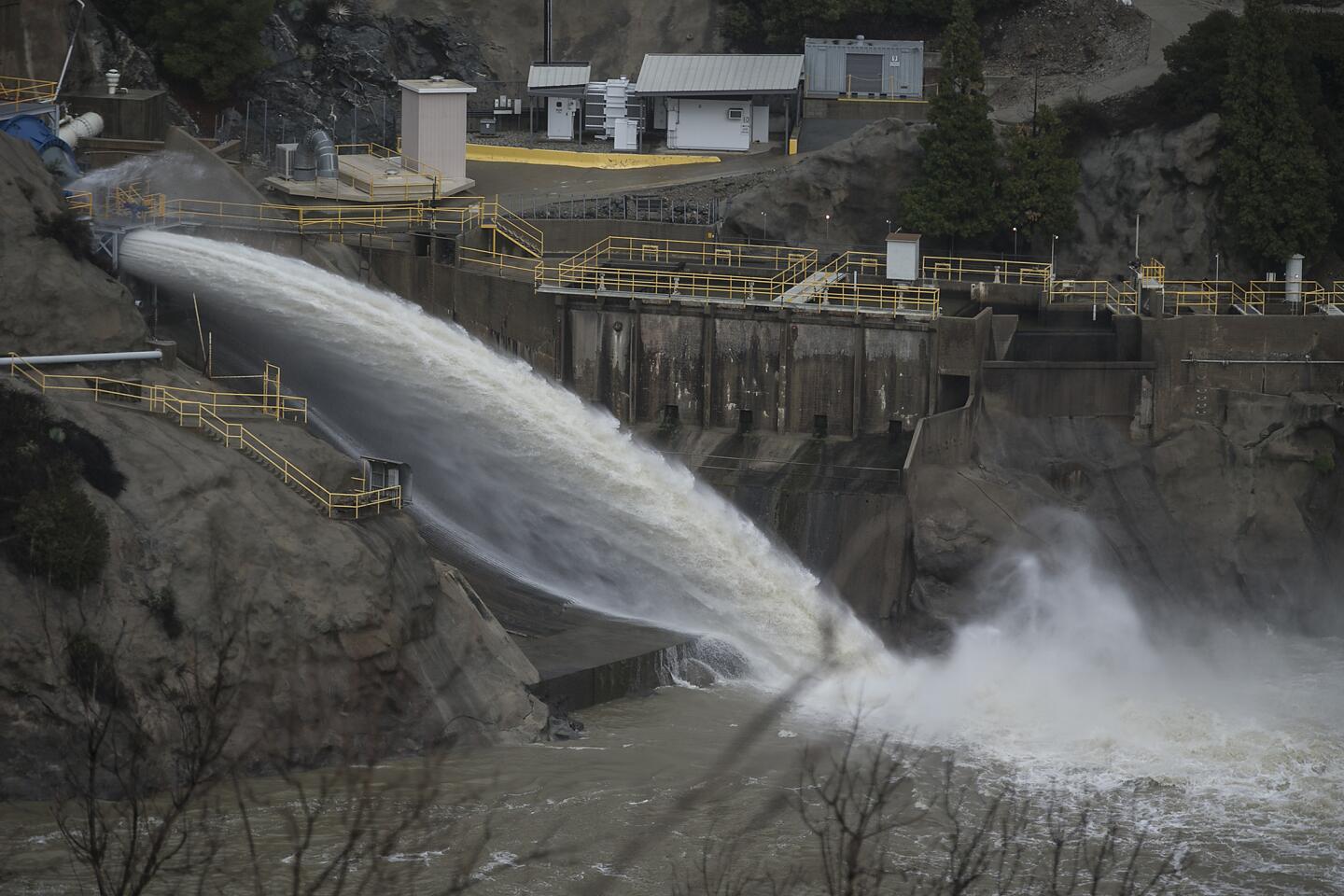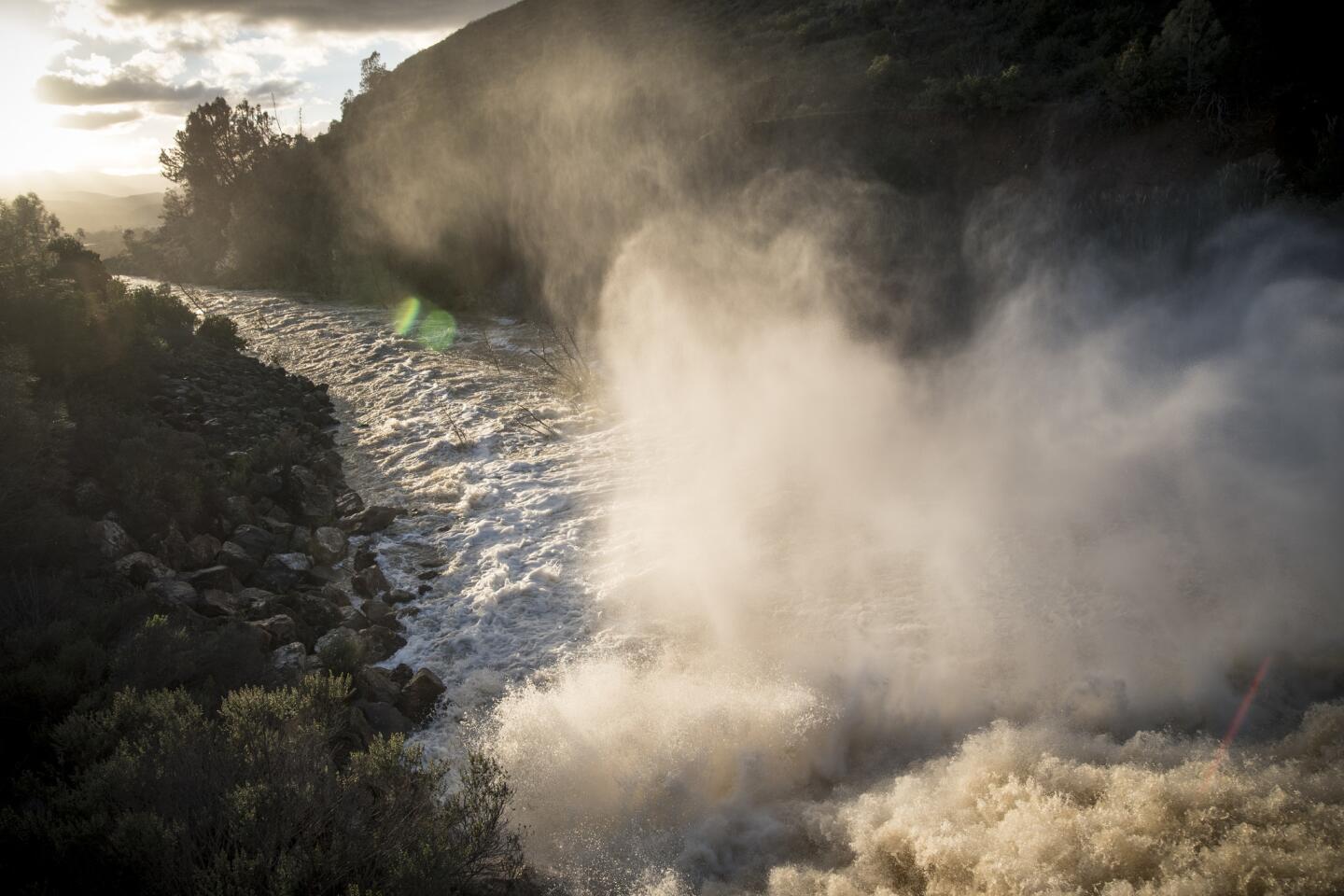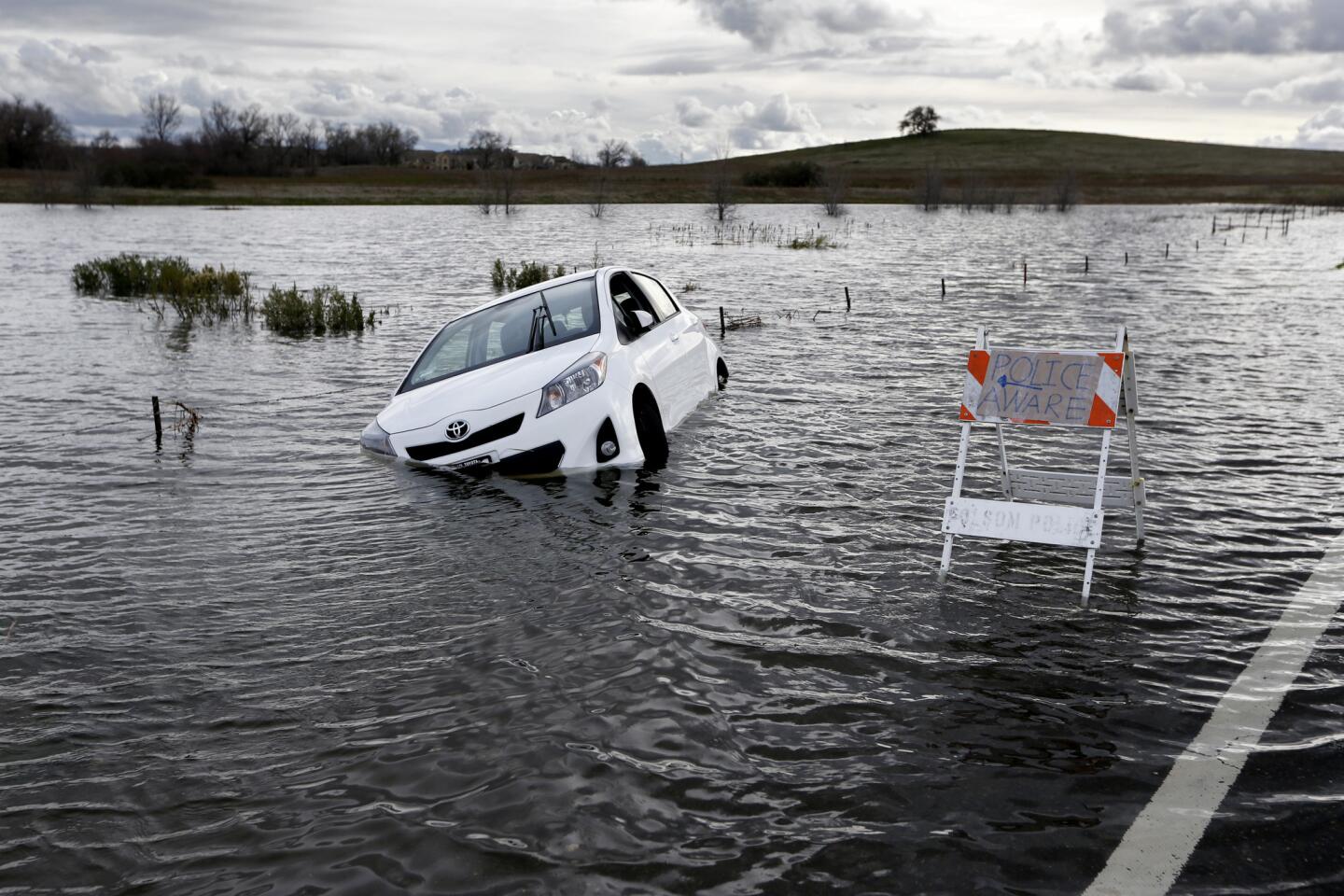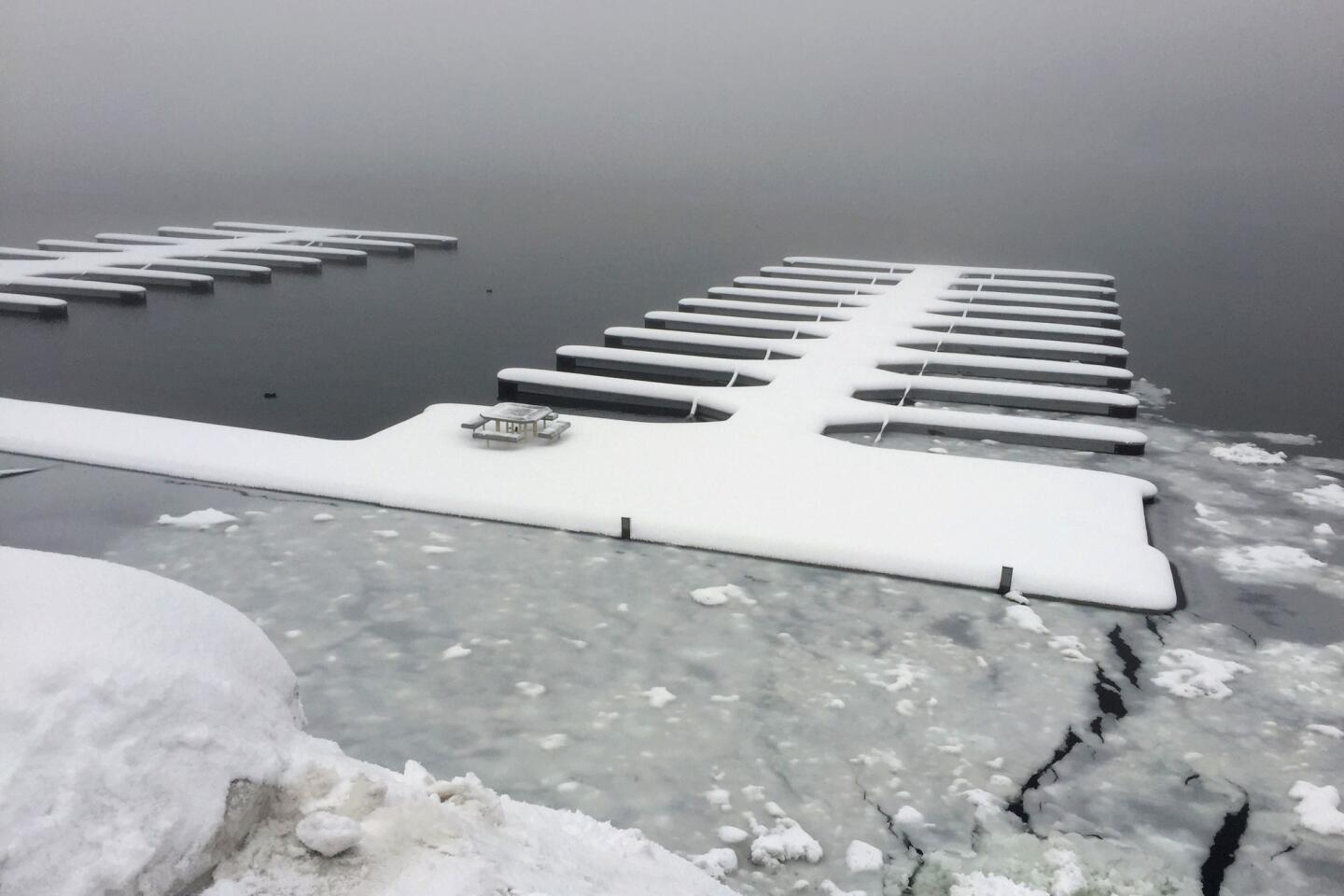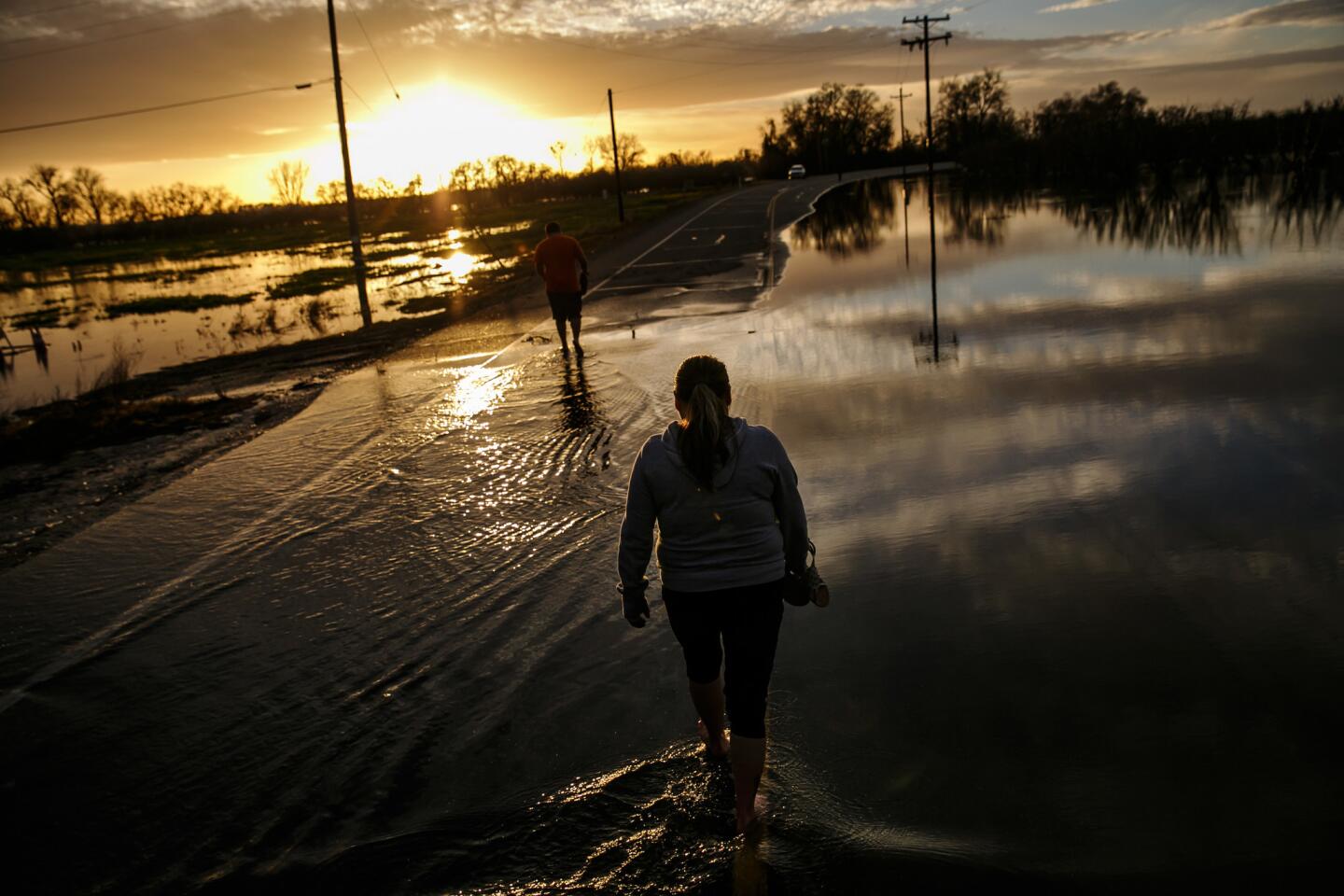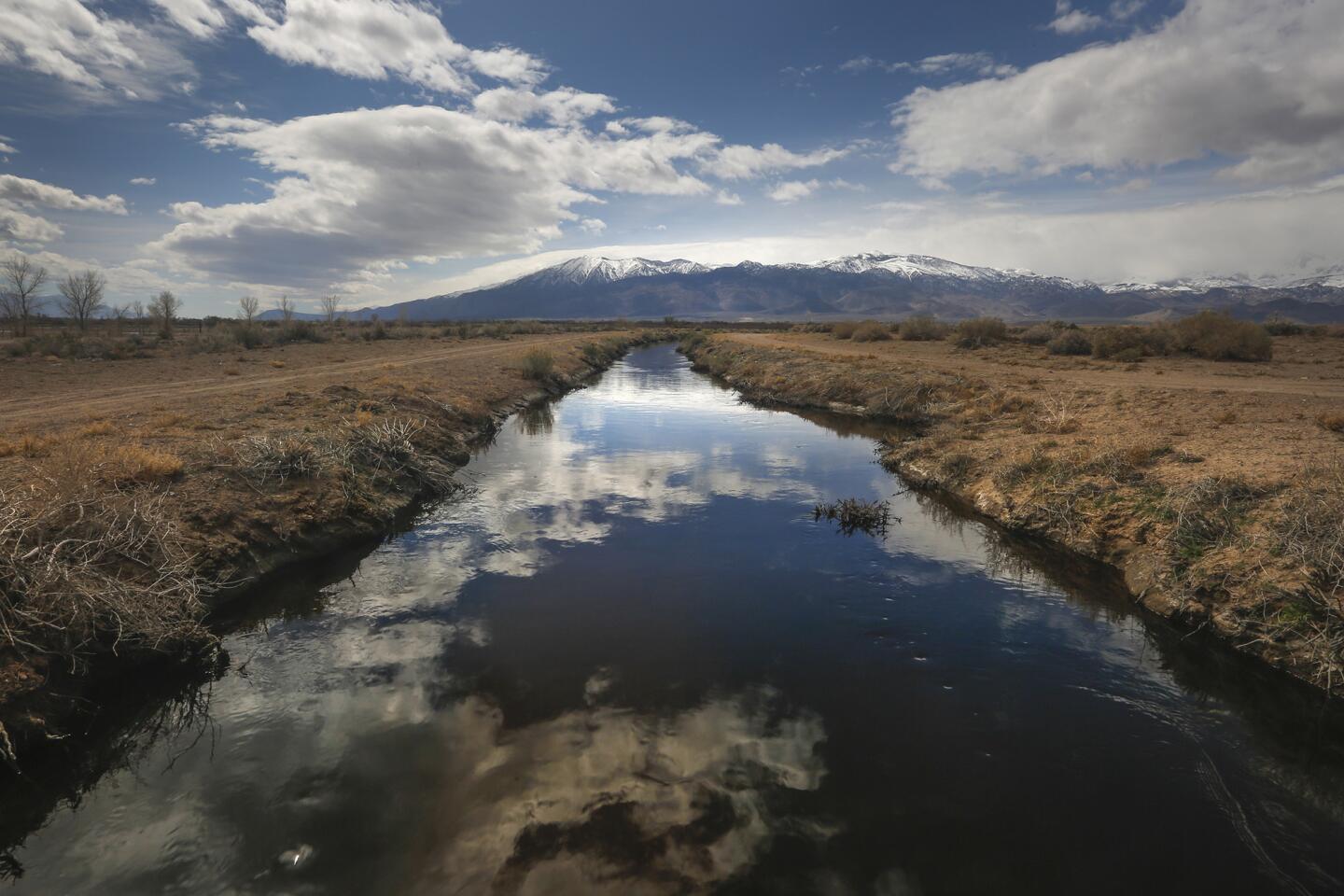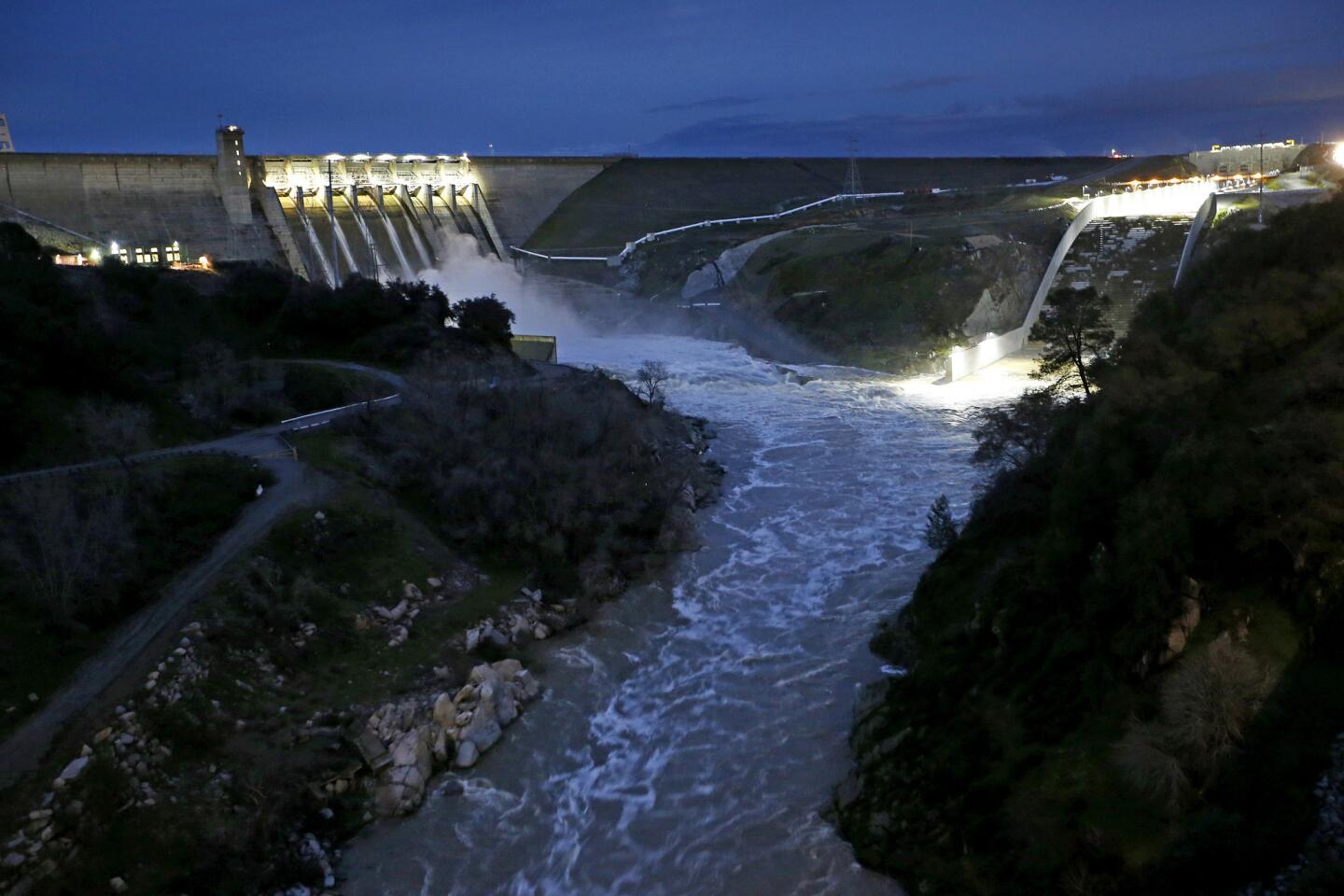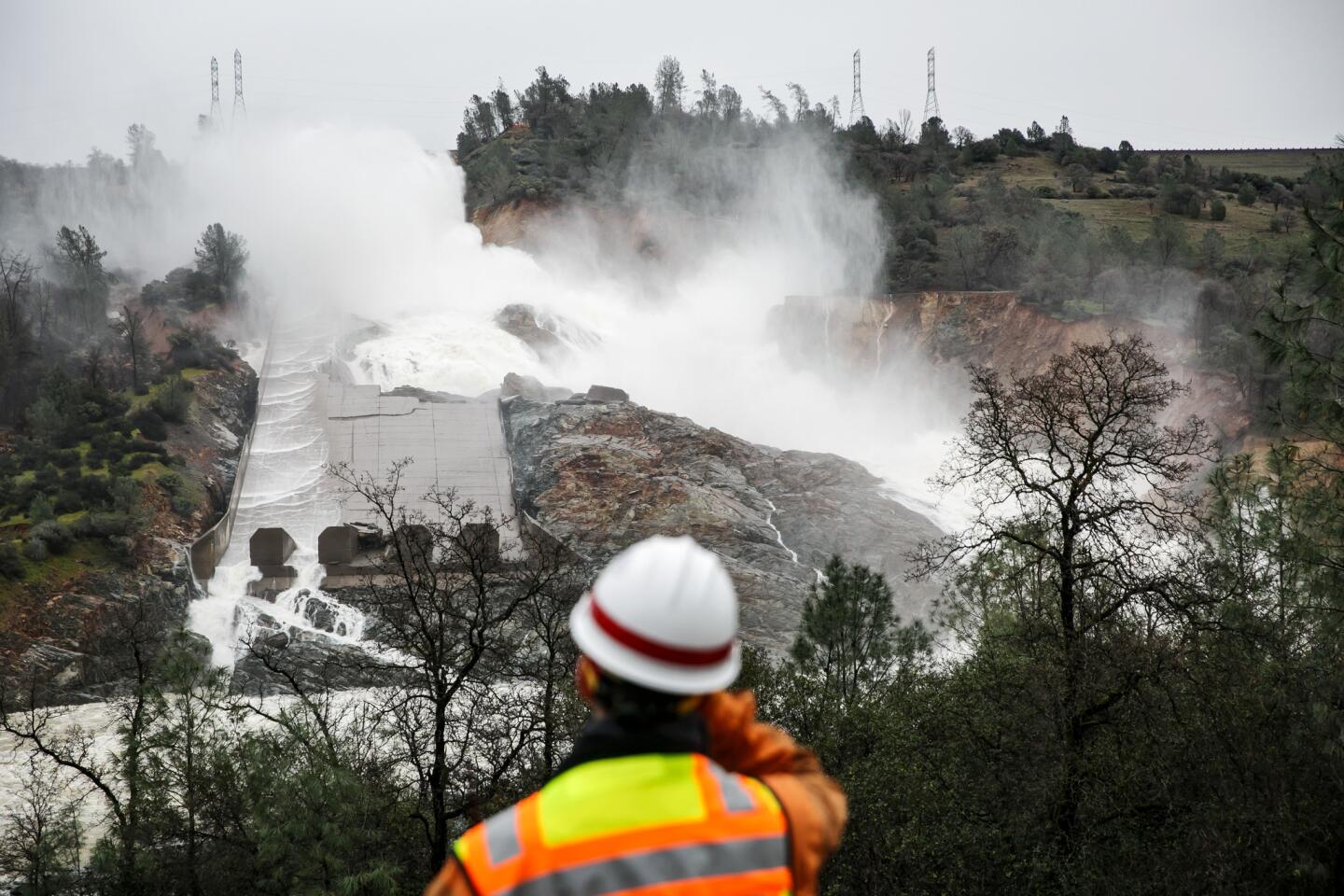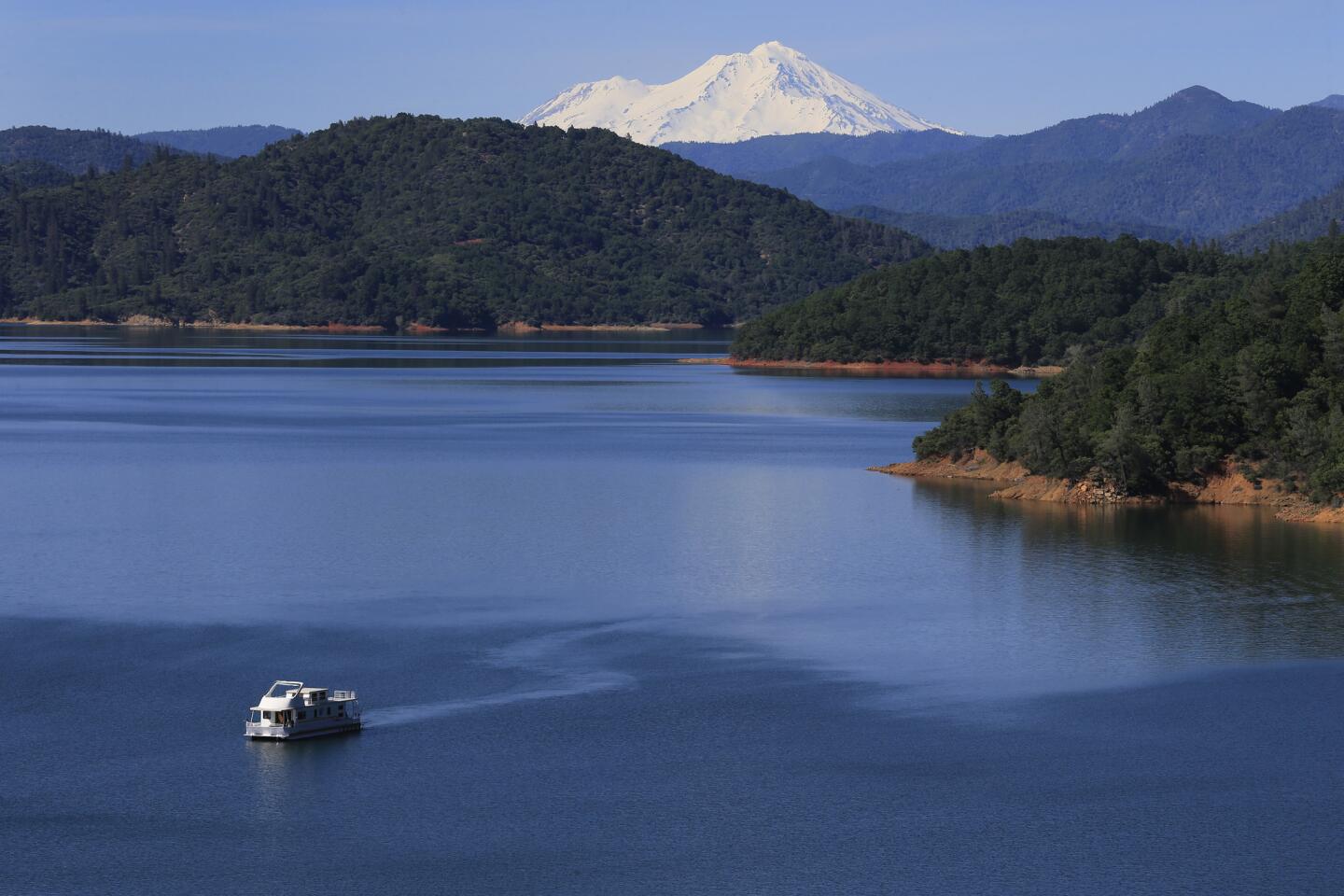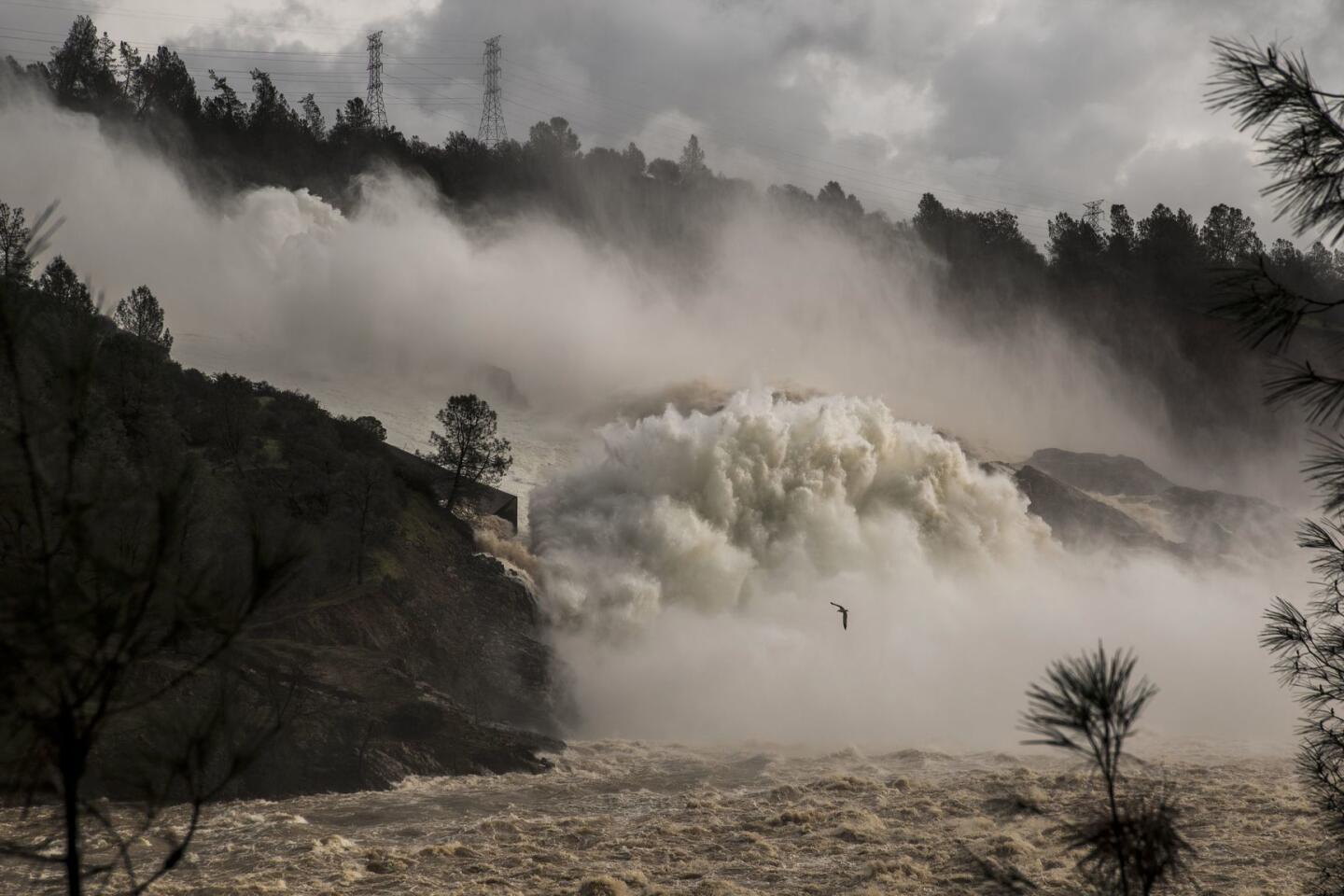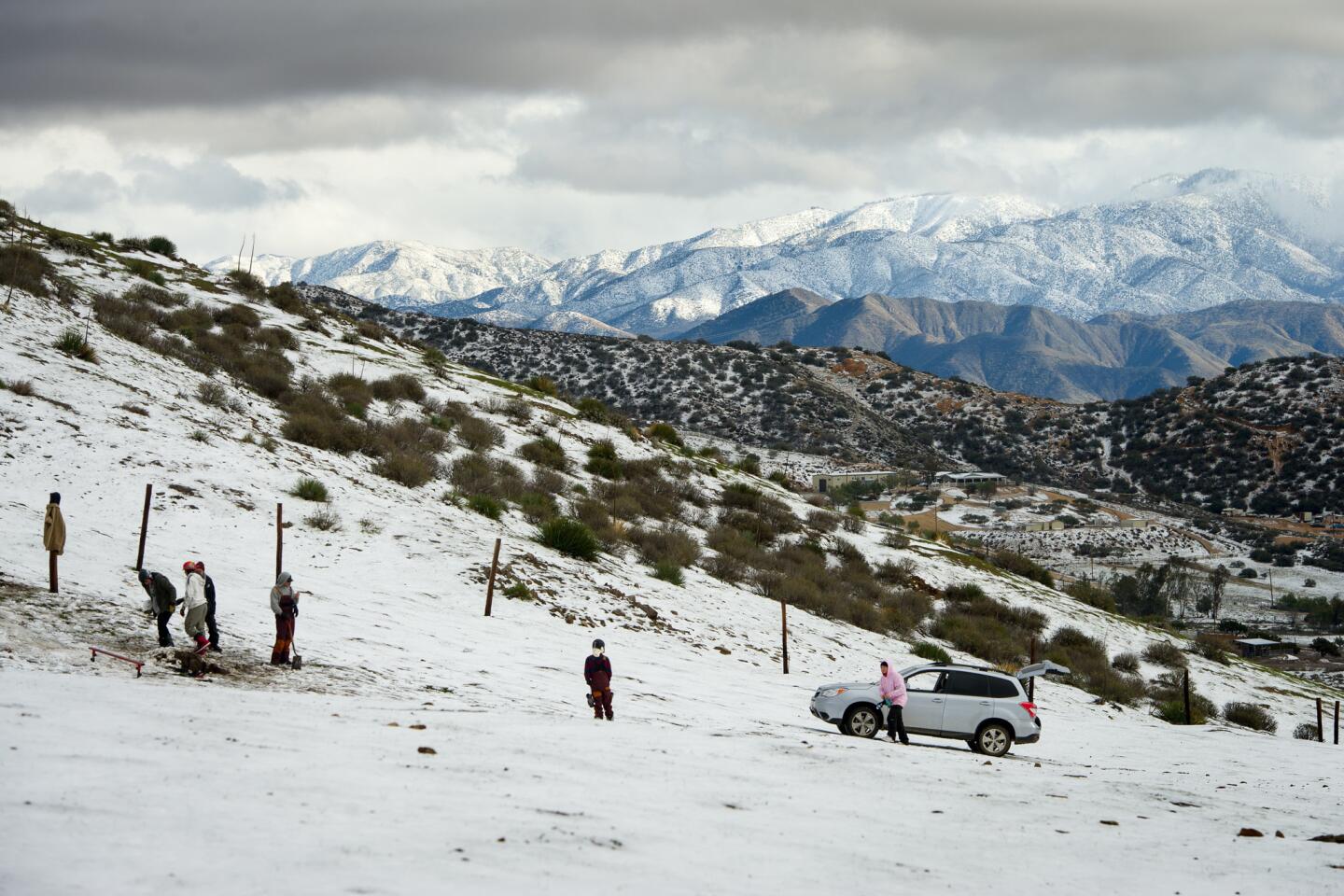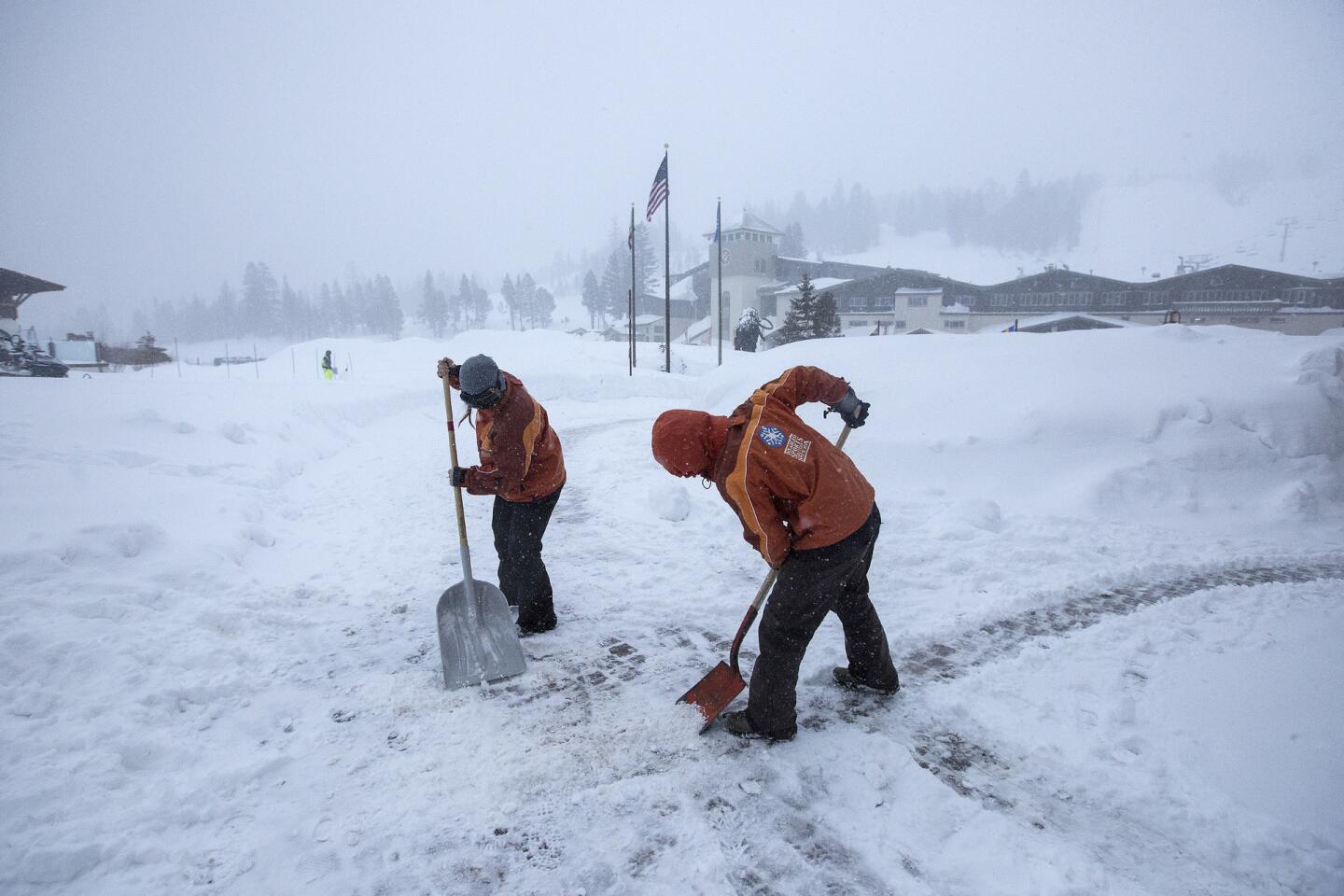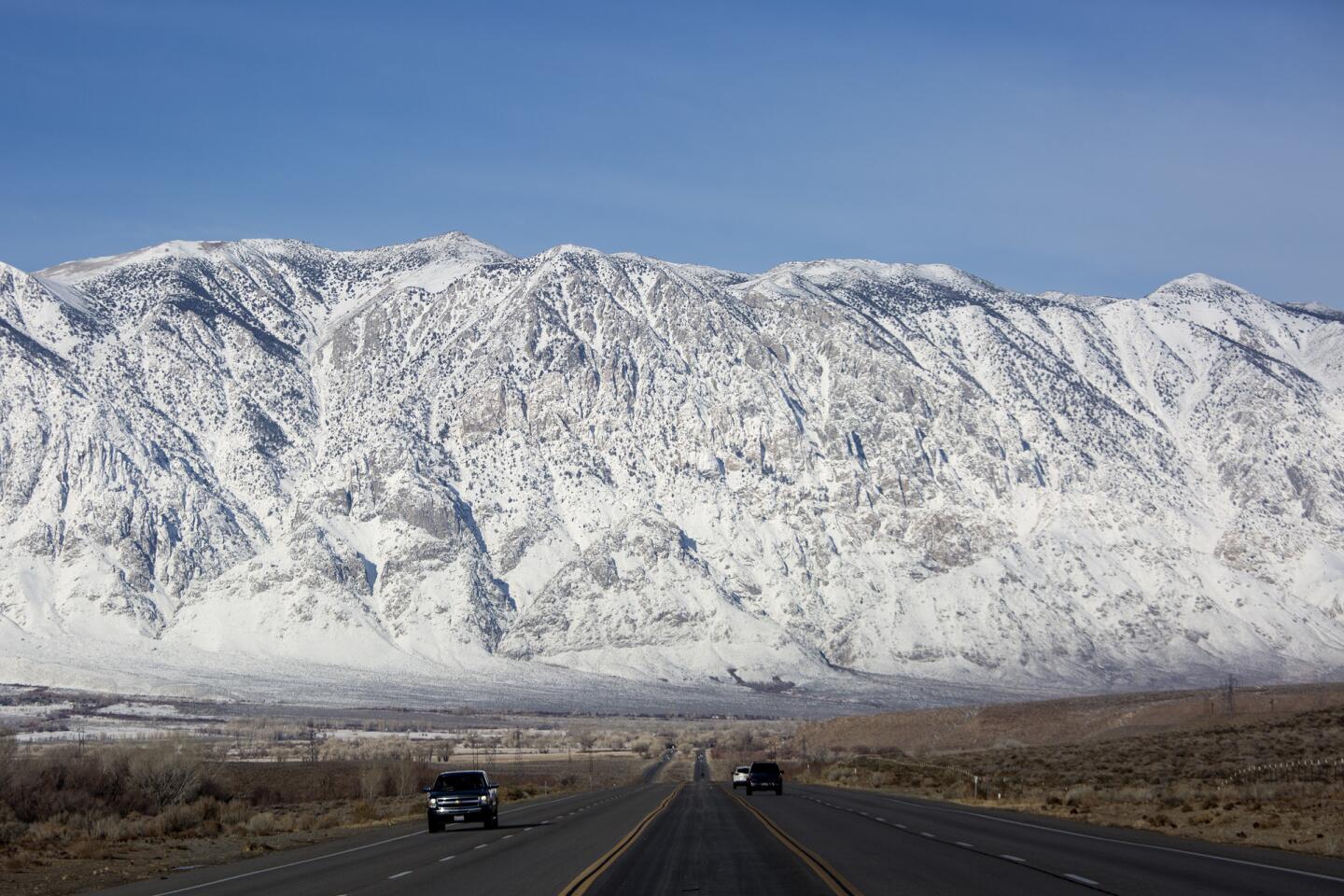Gov. Brown declares California drought emergency is over

After years of history drought levels and a steady recovery in 2017, Gov. Jerry Brown officially stated Friday that California’s drought is over. For now at least.
Startlingly green hills, surging rivers and the snow-wrapped Sierra Nevada had already signaled what Gov. Jerry Brown made official Friday: The long California drought is over.
Brown issued an executive order that lifts the drought emergency in all but a handful of San Joaquin Valley counties where some communities are still coping with dried-up wells.
He also made it clear that the need for conservation is not going away.
“This drought emergency is over, but the next drought could be around the corner,” Brown said in a statement. “Conservation must remain a way of life.”
Five years of relentlessly sunny winter weather took a toll on California. In a move that showed the seriousness of the threat, Brown ordered a statewide 25% cut in urban water use, and Californians came close to meeting it by taking shorter showers, flushing less and accepting it when restaurants did away with the once obligatory glass of water. Cactus took root in frontyards and backyards where lawns once flourished.
The Sierra Nevada, now buried in snow, will be streaked for decades with miles-long brown swaths of pine trees that the drought weakened for beetles to kill. Years of low river flows pushed imperiled native fish closer to extinction.
Hundreds of thousands of acres of farmland went unplanted. Central Valley water tables plunged and farmland sank as growers pumped ever more groundwater to make up for lost irrigation deliveries.
Faucets spit air in small farm towns with waterless wells.
But on the whole, this intricately plumbed state proved to be surprisingly resilient in the face of what, by some measures, was the worst drought on record.
“We did remarkably well,” said Jay Lund, director of the UC Davis Center for Watershed Sciences.
Despite water shortages, agriculture — the state’s biggest water user — enjoyed record revenues in 2012, 2013 and 2014 thanks to soaring nut and dairy prices.
Though drinking supplies had to be trucked to some rural communities, the effect in most metropolitan areas was mainly limited to people boasting about every drop they saved, tsk-tsking at wasteful neighbors.
The water shortages barely put a dent in the state economy.
“How much reduction in the gross domestic product of California occurred because of a 25% reduction in urban water use? Almost nothing!” Lund exclaimed. “Nobody has even bothered to calculate it, it’s so small.”
Every major drought teaches California water lessons.
In the wake of the last prolonged drought, from 1987 to 1992, the Metropolitan Water District of Southern California constructed a big reservoir in Riverside County to boost regional reserves. Those supplies helped carry the Southland through this drought.
In recent decades, water districts expanded recycled water programs and promoted indoor conservation with rebates for water-thrifty appliances. That kept a lid on demand even as the population grew.
“In the late ‘80s drought, we learned how much we can save indoors. In this drought we learned how much we can save outdoors,” said Felicia Marcus, chairwoman of the State Water Resources Control Board, which had the prickly task of enforcing the urban cuts.
Nudged by generous turf rebates from water districts, homeowners up and down California ripped out their shriveled lawns and replaced them with succulents and drought-tolerant native plants.
“There’s a societal change in our attitudes — not just about watering use but what makes for a beautiful outdoor ornamental landscape that’s part and parcel of a major mind-set shift for many Californians,” Marcus said.
Even more profound was the state’s willingness to finally join the rest of the West in regulating groundwater use.
A 2014 law requires regional agencies, over the course of the next two decades, to develop and implement plans to stop the chronic over-pumping that has depleted what amounts to California’s biggest reservoir: the vast Central Valley aquifer.
“Lo and behold, [the state] noticed this and said ‘Oh, we can’t keep doing this forever,’ ” Lund said. “It was only the third year of the drought and we got a groundwater law.”
The formal end to the drought emergency in most of the state won’t have much of a practical effect because the urban cuts were significantly relaxed last year, when El Niño storms in Northern California loosened the drought’s grip and big reservoirs began to refill.
This year, a procession of atmospheric rivers — bands of atmospheric vapor that blow in from the Pacific Ocean — finished off the drought. Statewide reservoir storage is above average. The statewide snowpack on April 1 was the seventh-heaviest on record, going back to 1950.
Statewide precipitation from October through March was not far behind the record wet year of 1983.
But with climate change expected to accentuate the typically dramatic swings in California weather, the Brown administration is adopting plans to embed conservation in the state’s water ways.
A ban will continue on wasteful water practices such as hosing down driveways or watering a yard when it’s raining.
The state water board is developing water budgets for urban agencies that will go into effect in 2021. They will be more flexible than the drought cuts and will take into account local factors such as summer temperatures, evaporation rates and population.
But the state water board will give each urban water district a number for how much water it can use in total every year. How the agencies meet that target will be up to them. But if they fall short, in 2025 the board can start demanding conservation steps.
Stubborn as this drought was, “it won’t be our last or longest in the years to come,” Marcus said.
Twitter: @boxall
ALSO
Recent storm makes Northern California’s rain season the second wettest ever recorded
Yes, California’s drought is all but over, and the dramatically revived Cachuma Lake proves it
UPDATES:
3:42 p.m.: This article was updated to add details about dought damage.
11:05 a.m.: This article was updated with additional details from Brown’s statement.
This article was originally published at 10:40 a.m.
More to Read
Sign up for Essential California
The most important California stories and recommendations in your inbox every morning.
You may occasionally receive promotional content from the Los Angeles Times.
